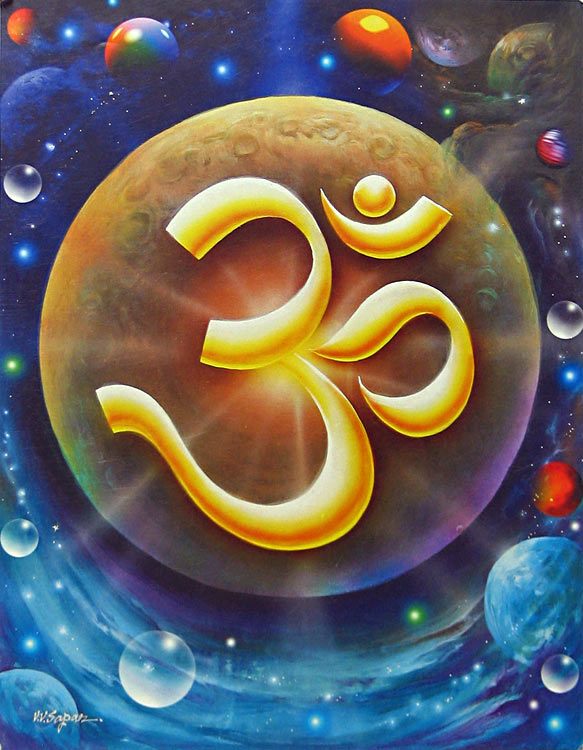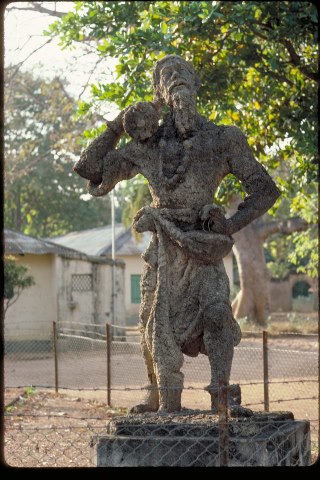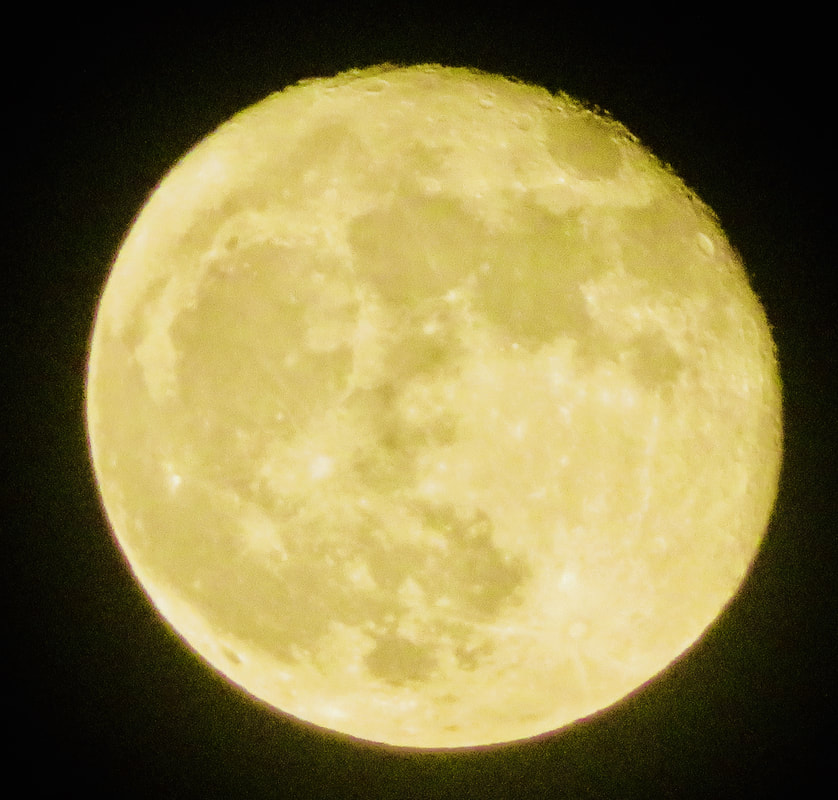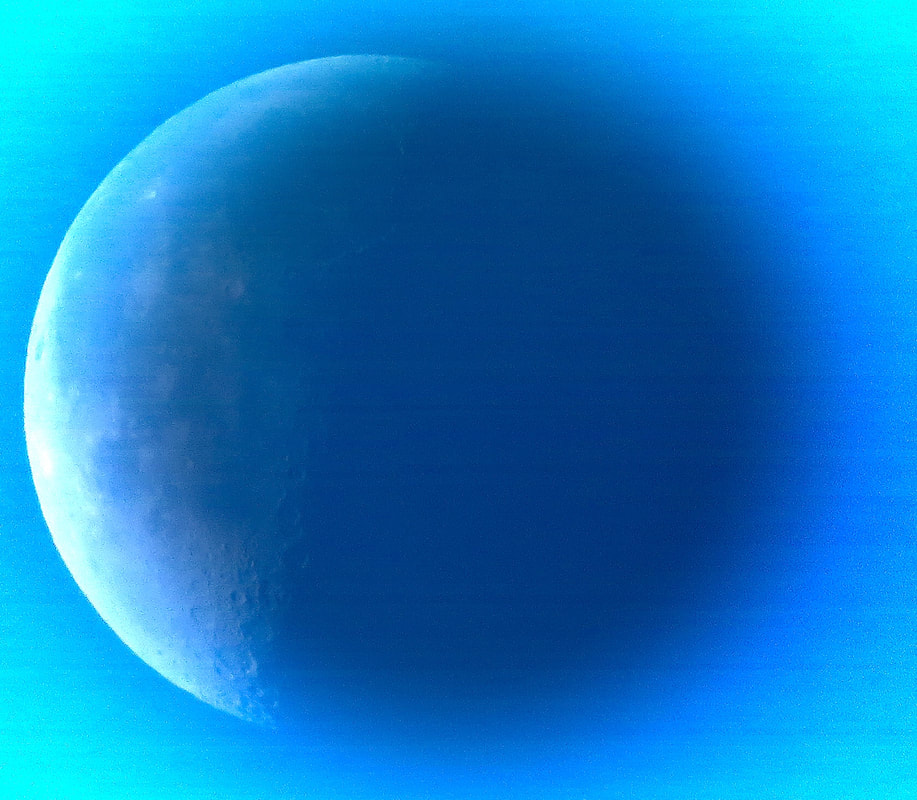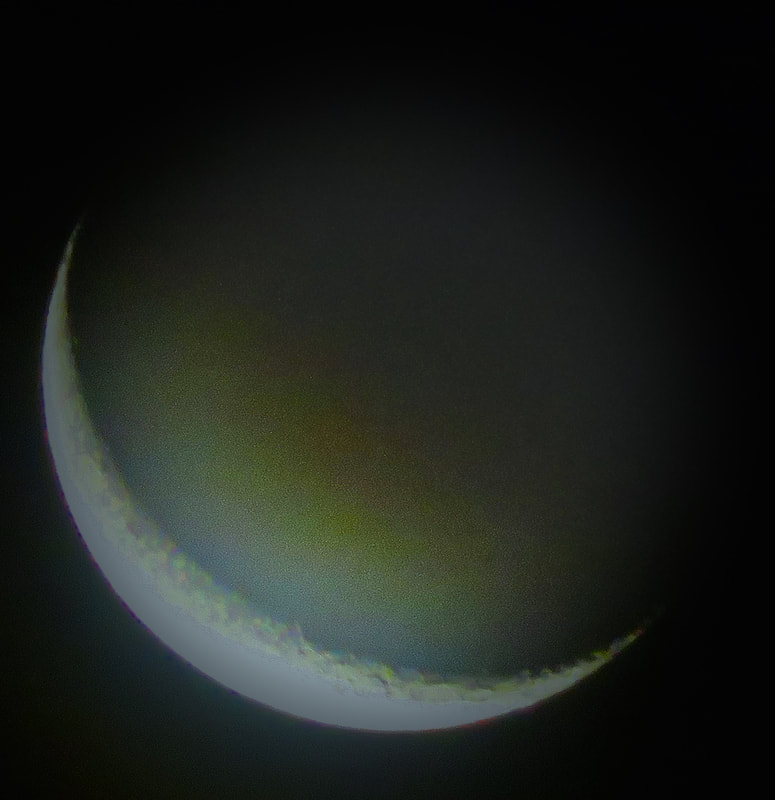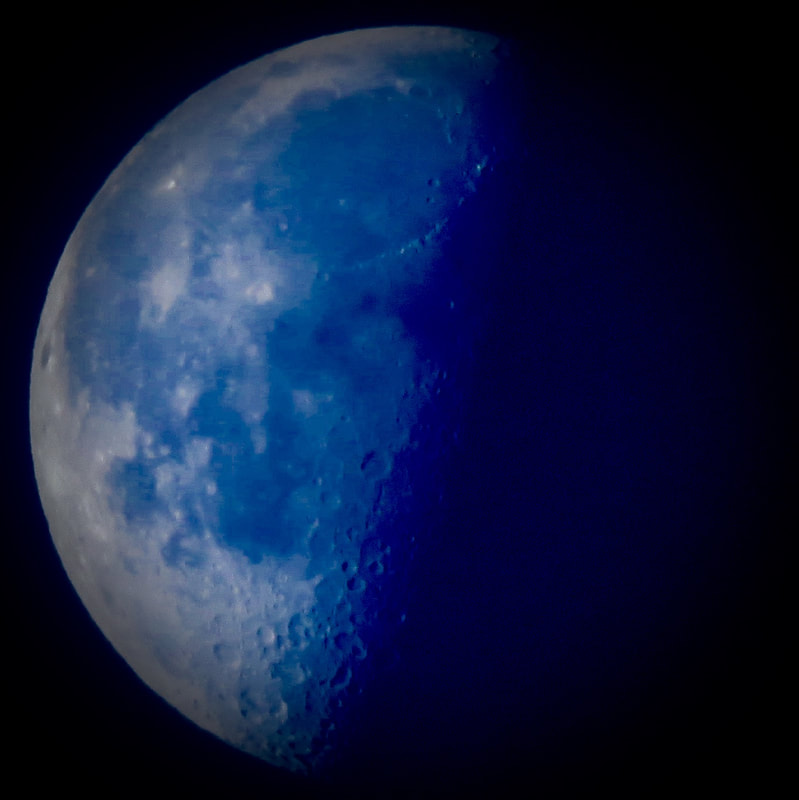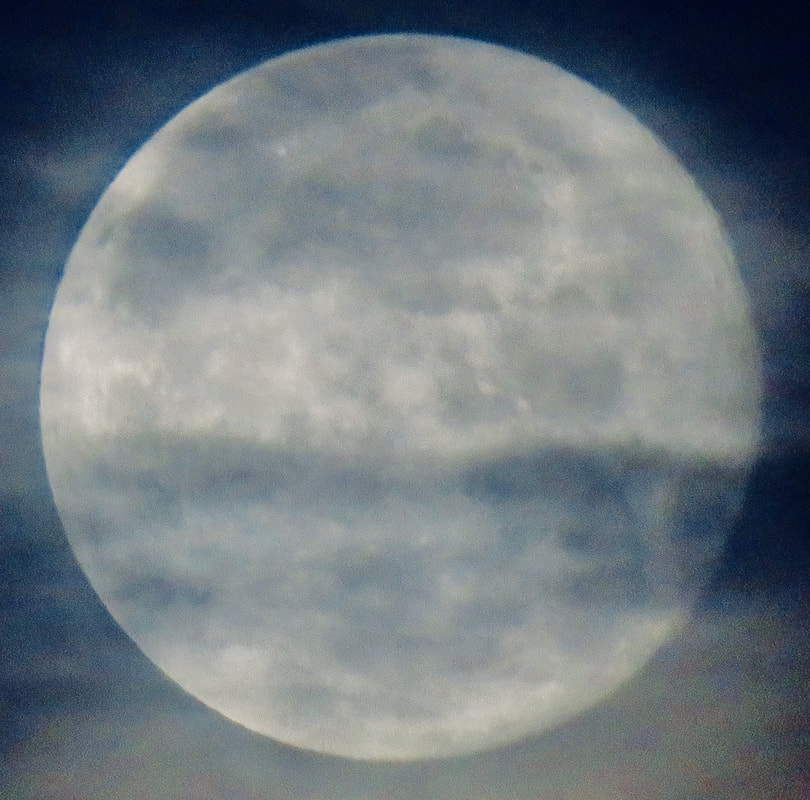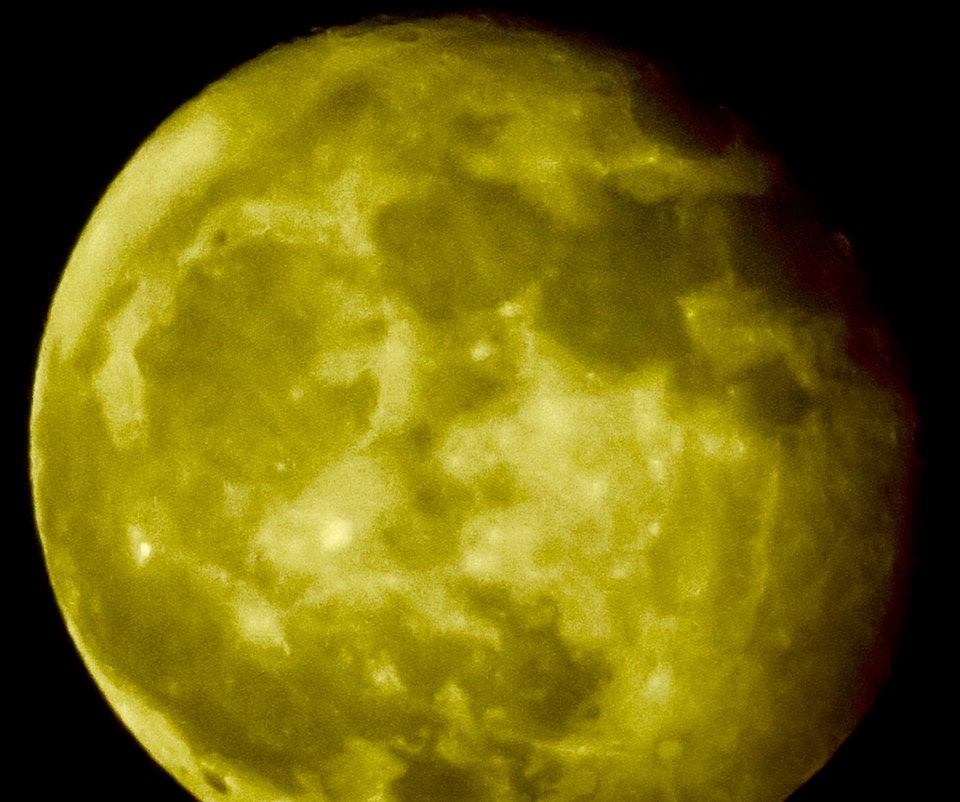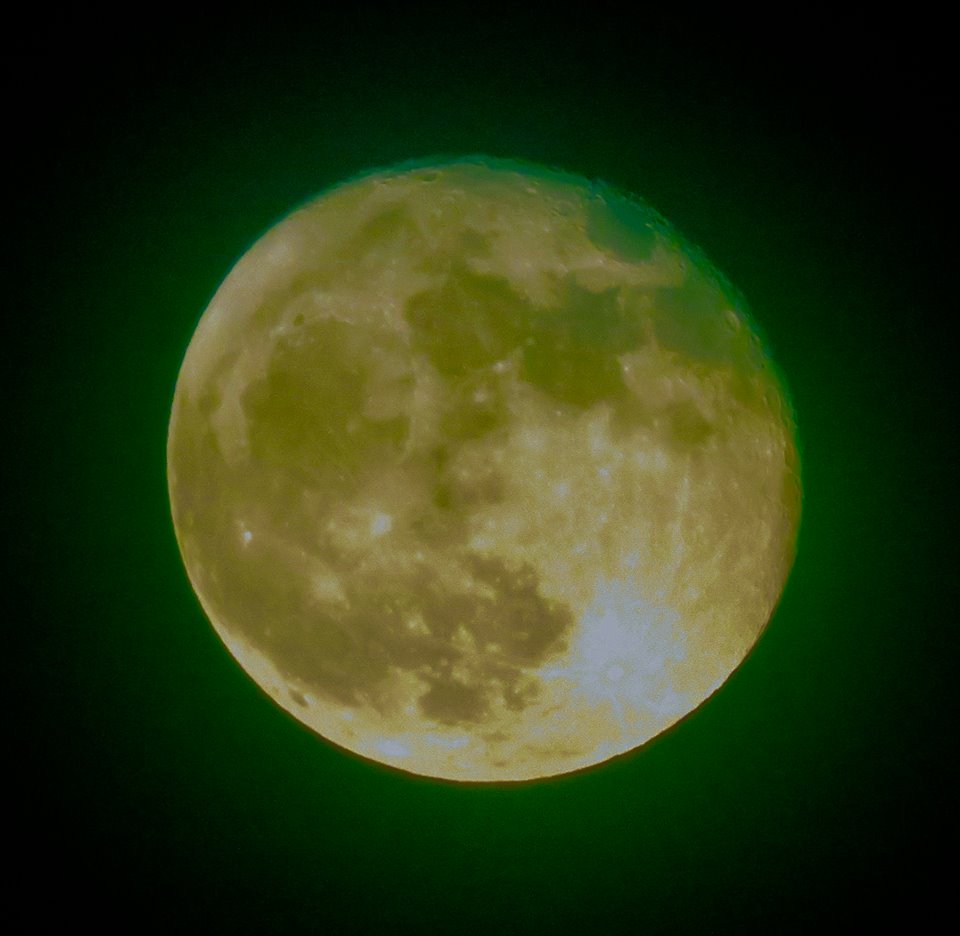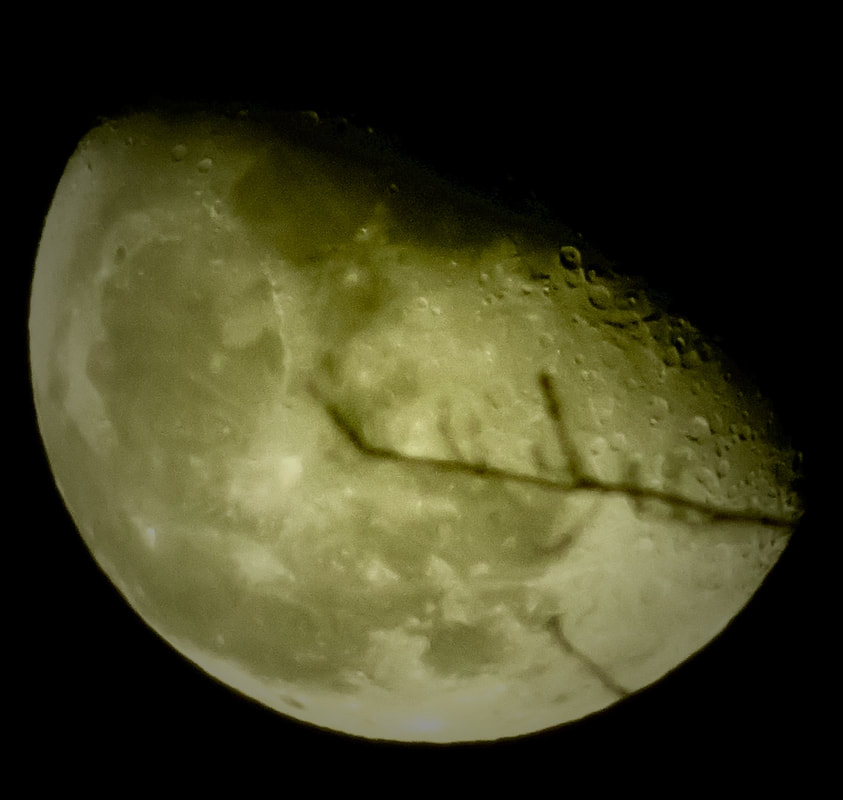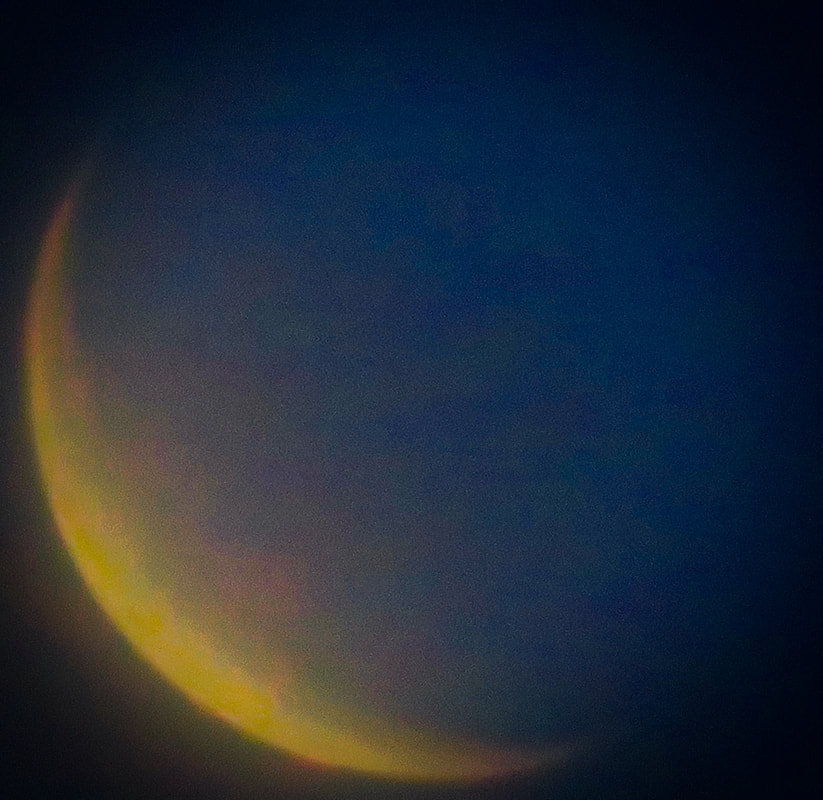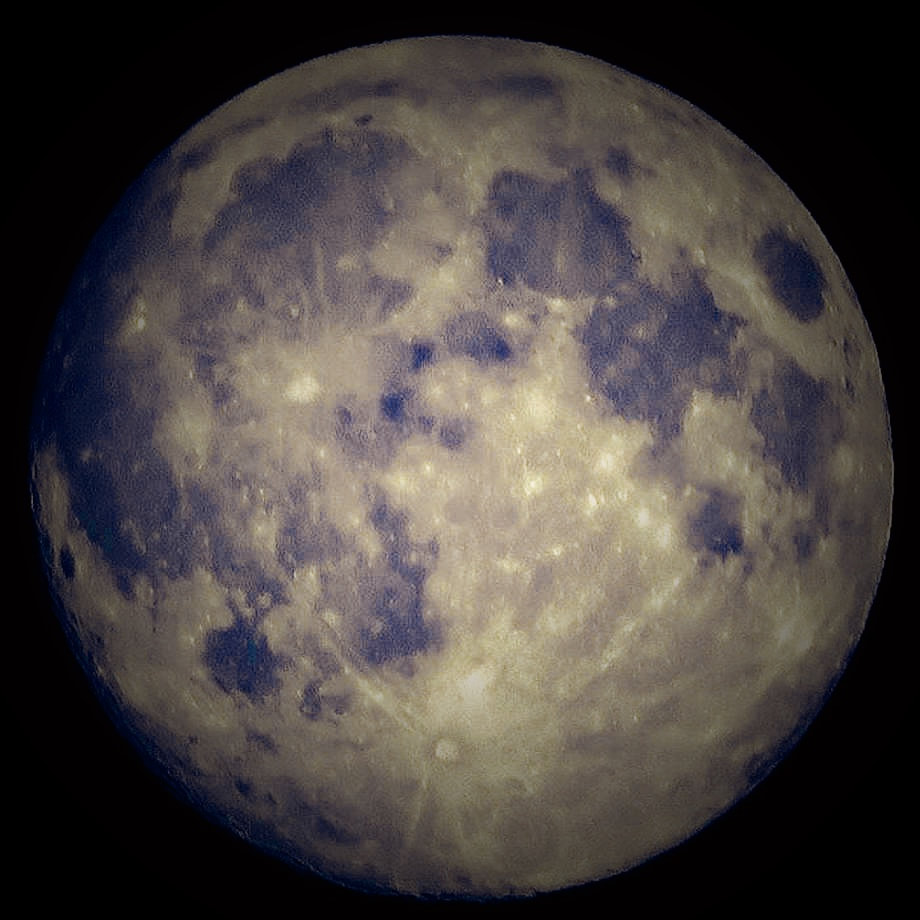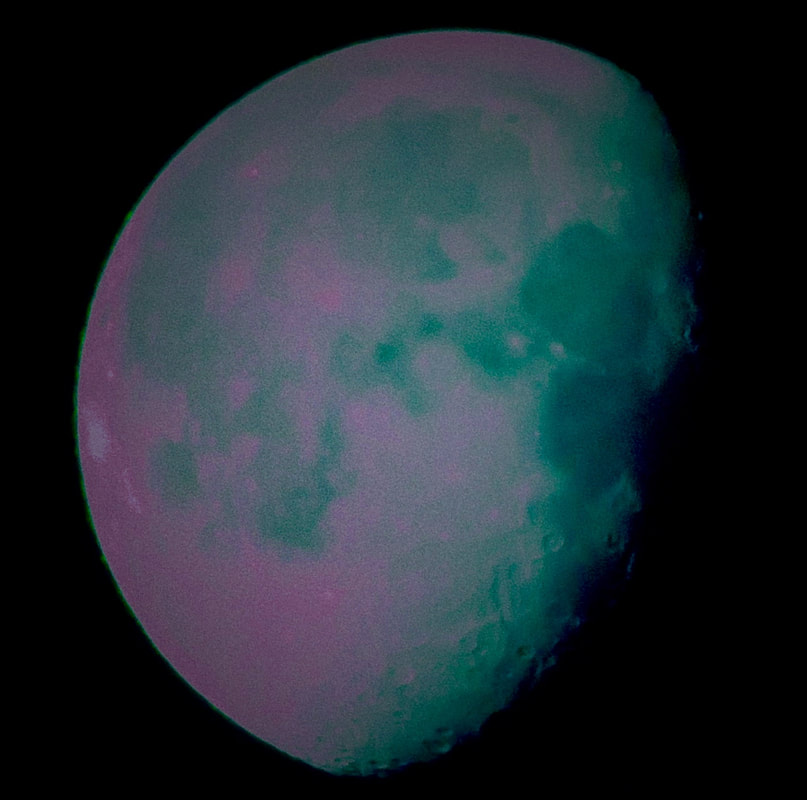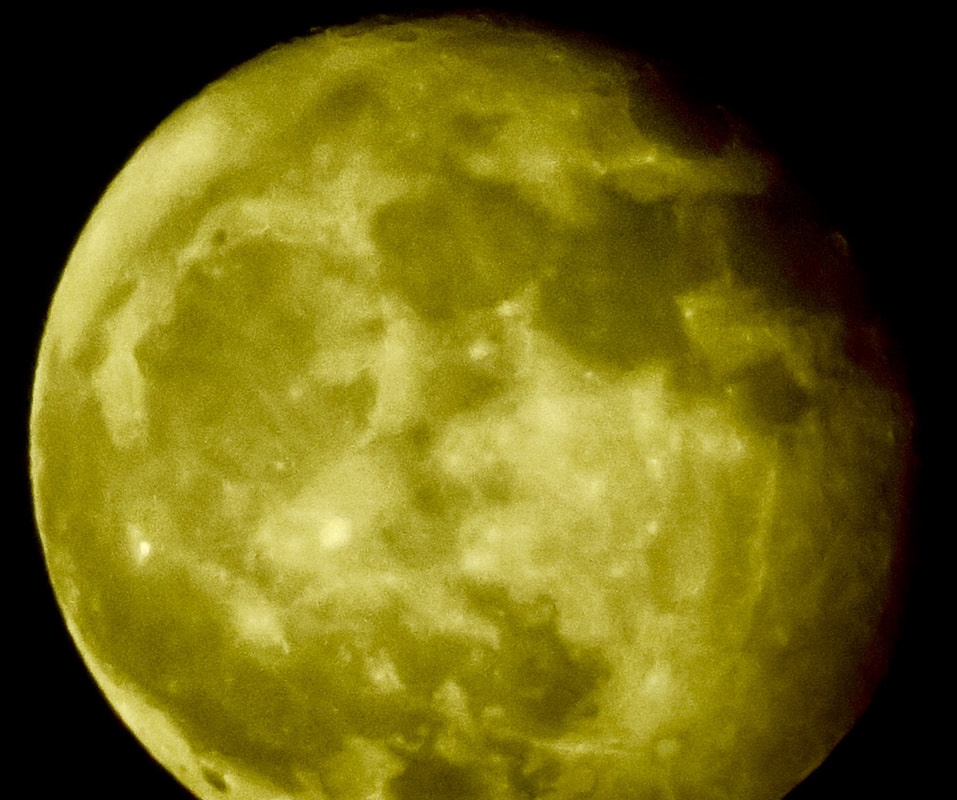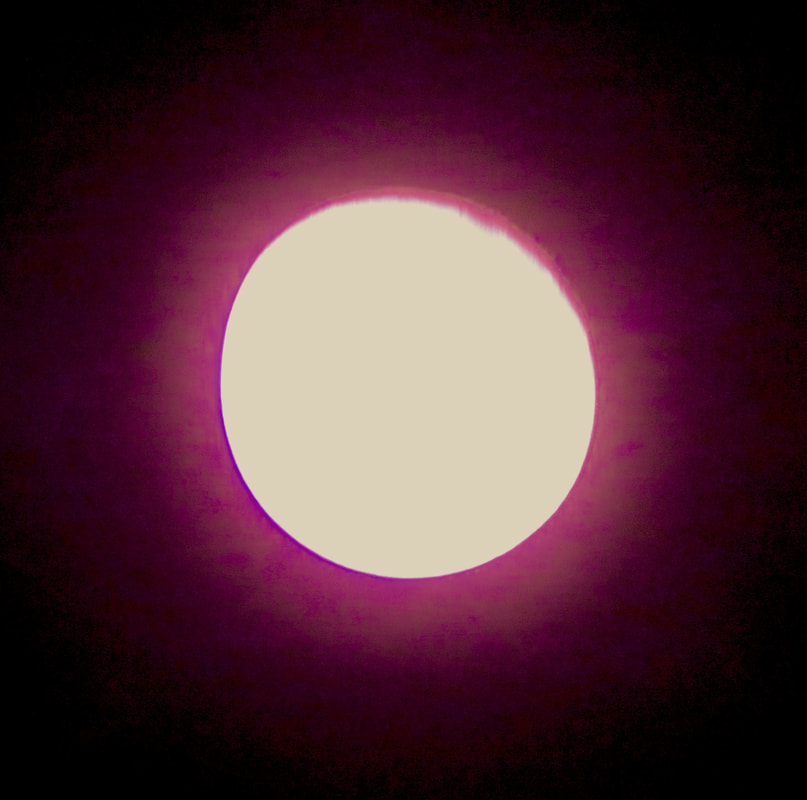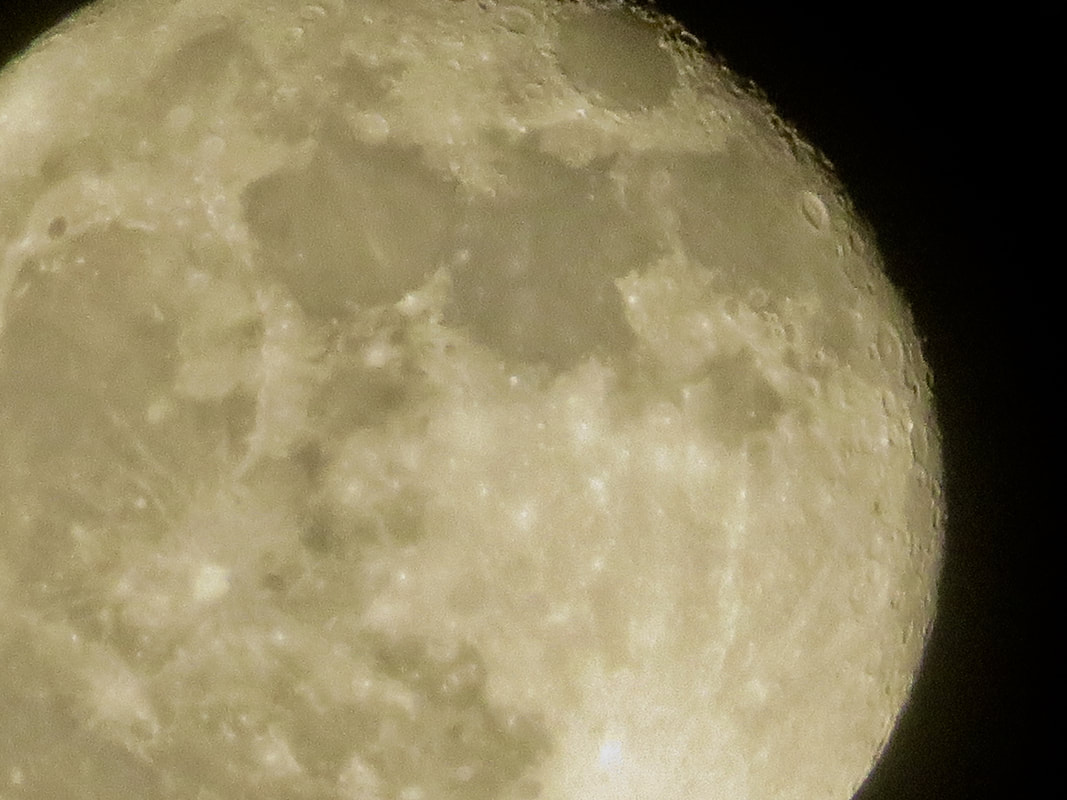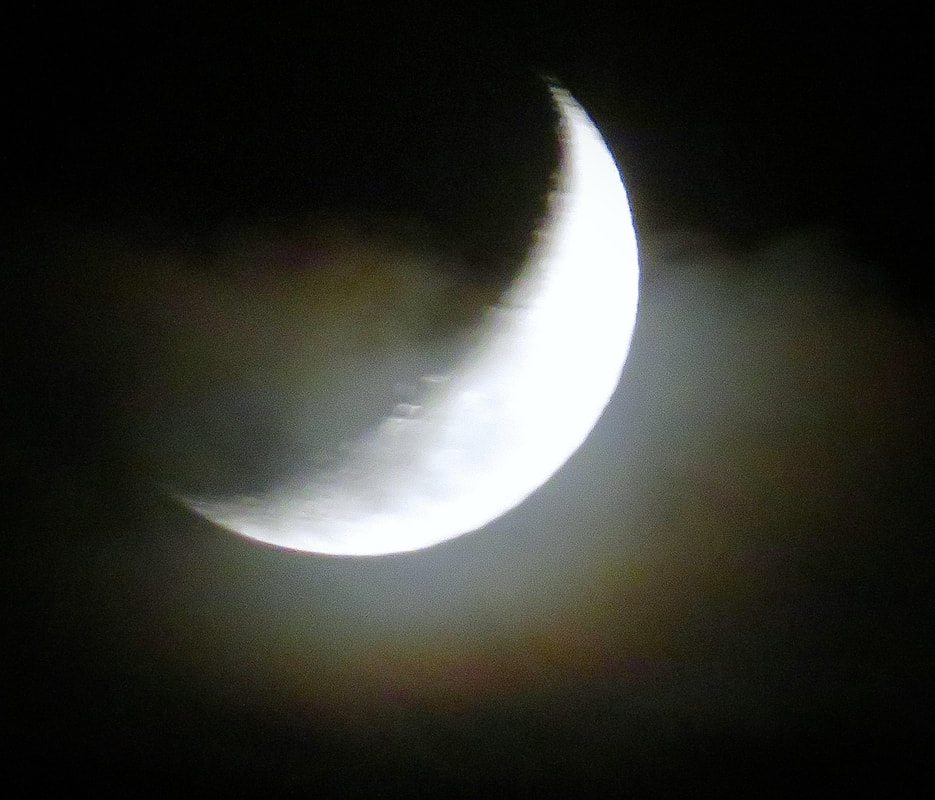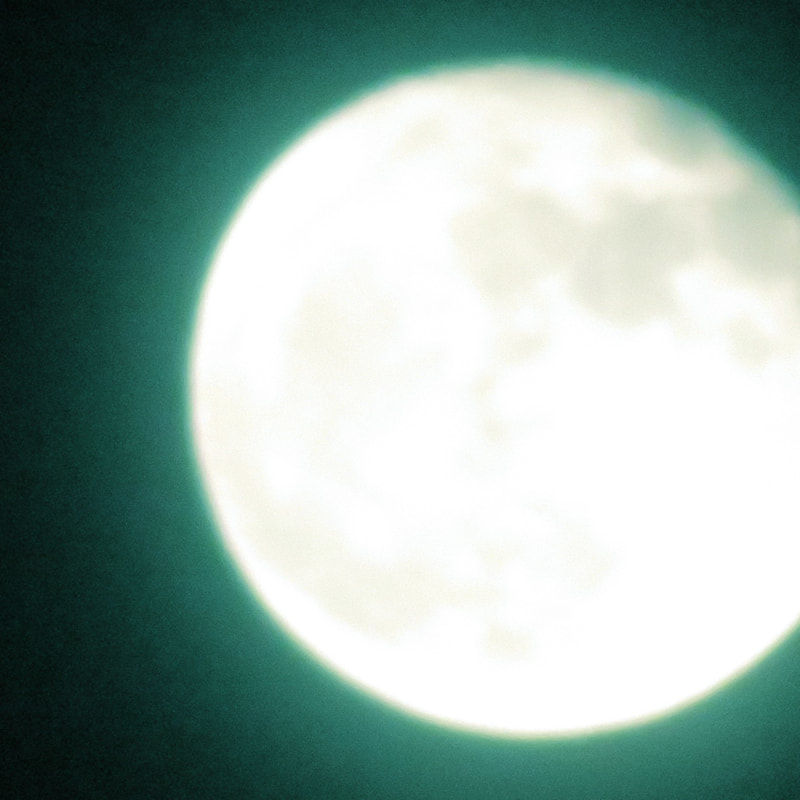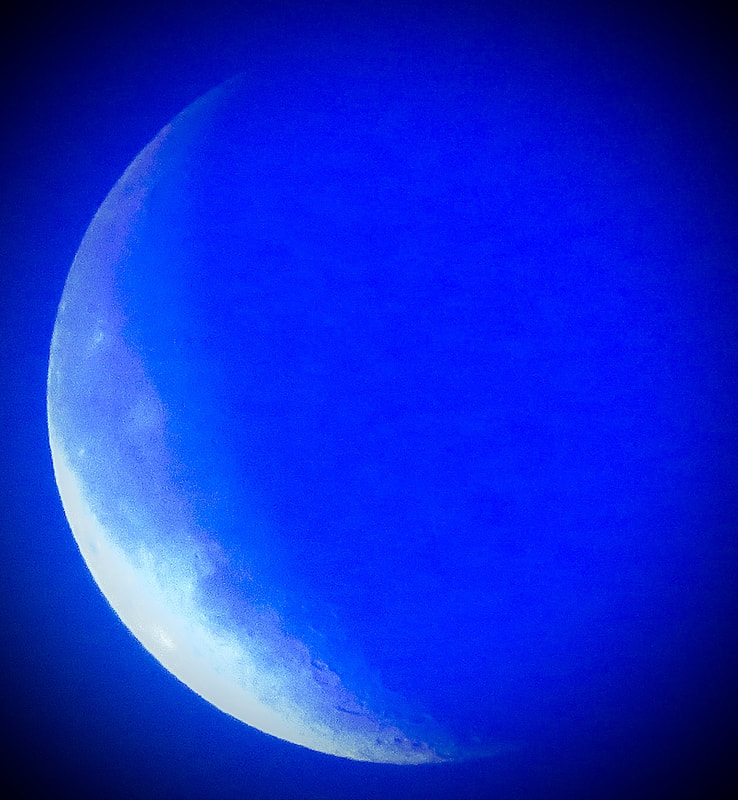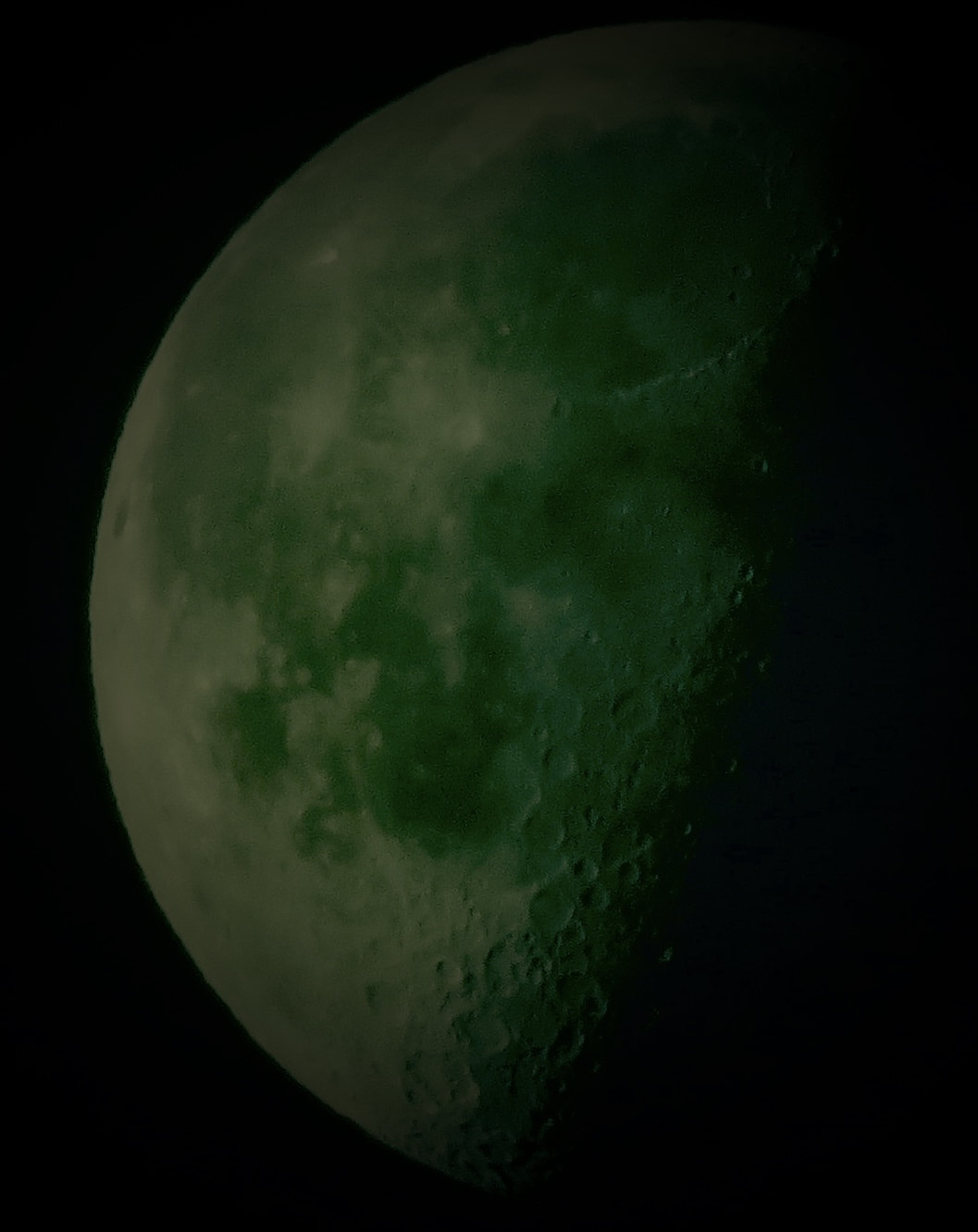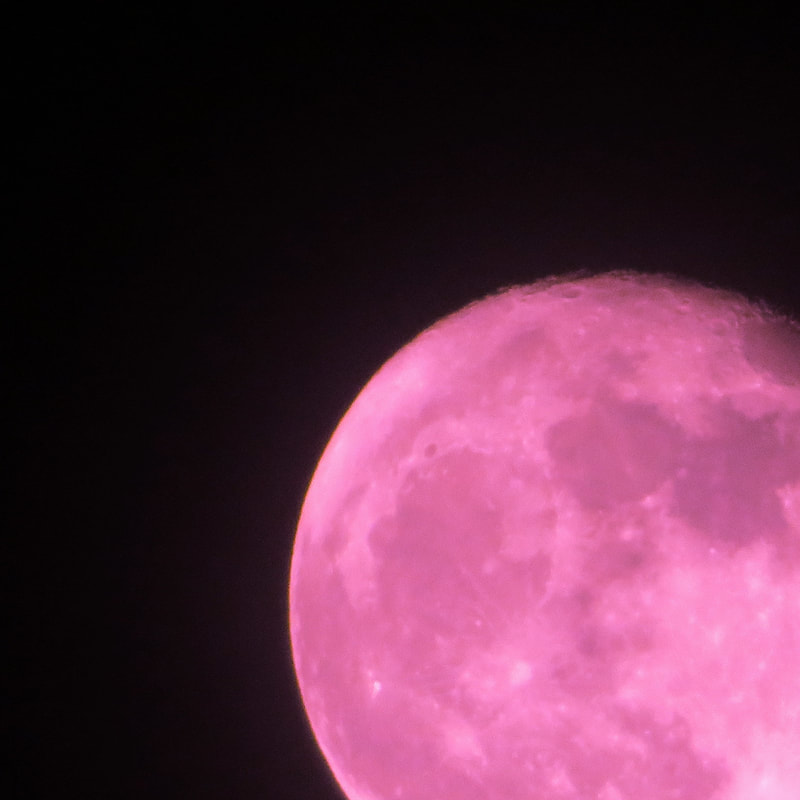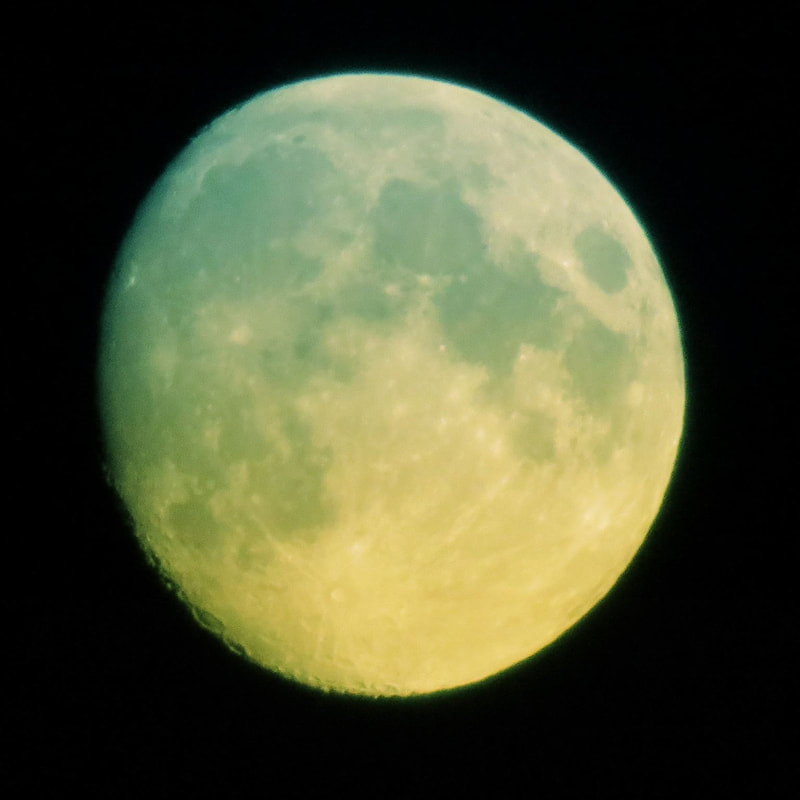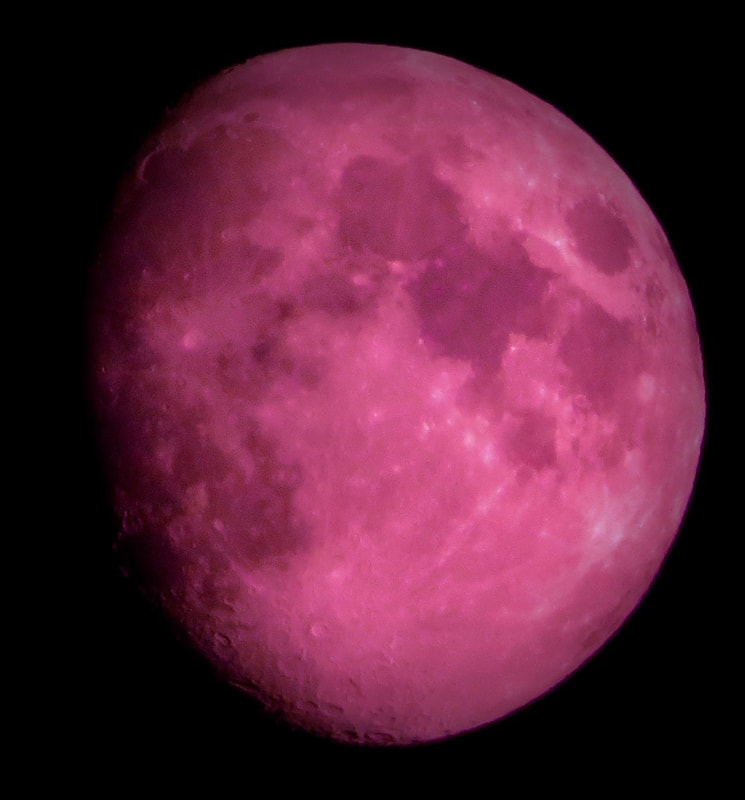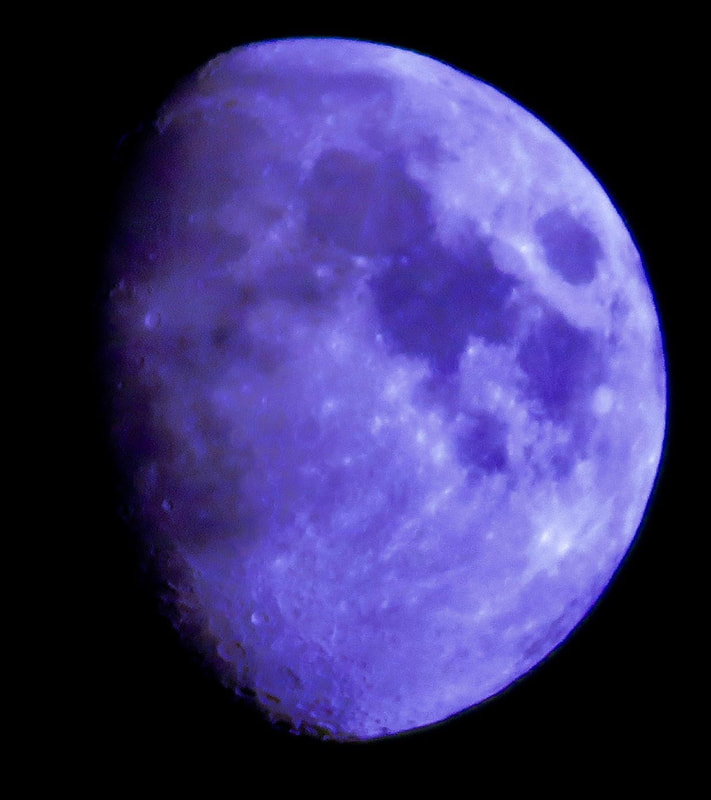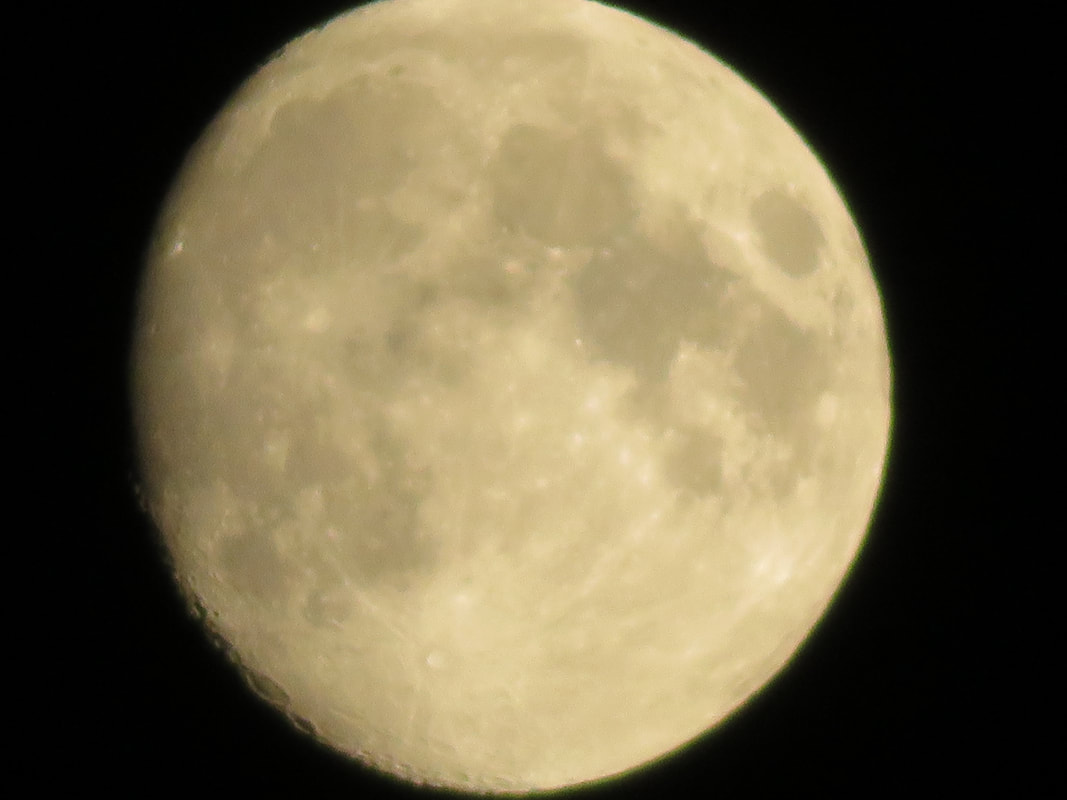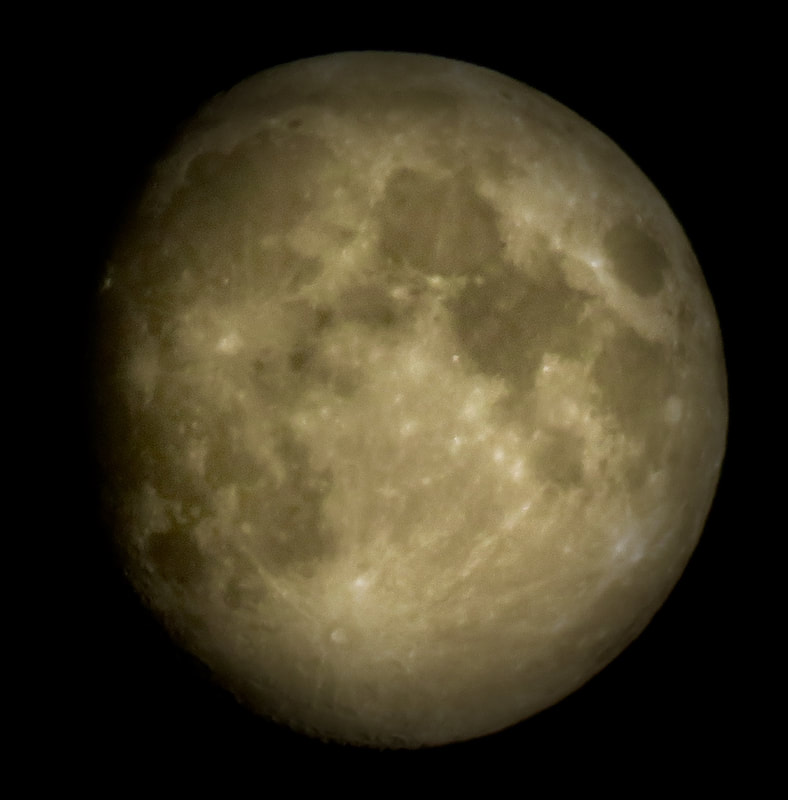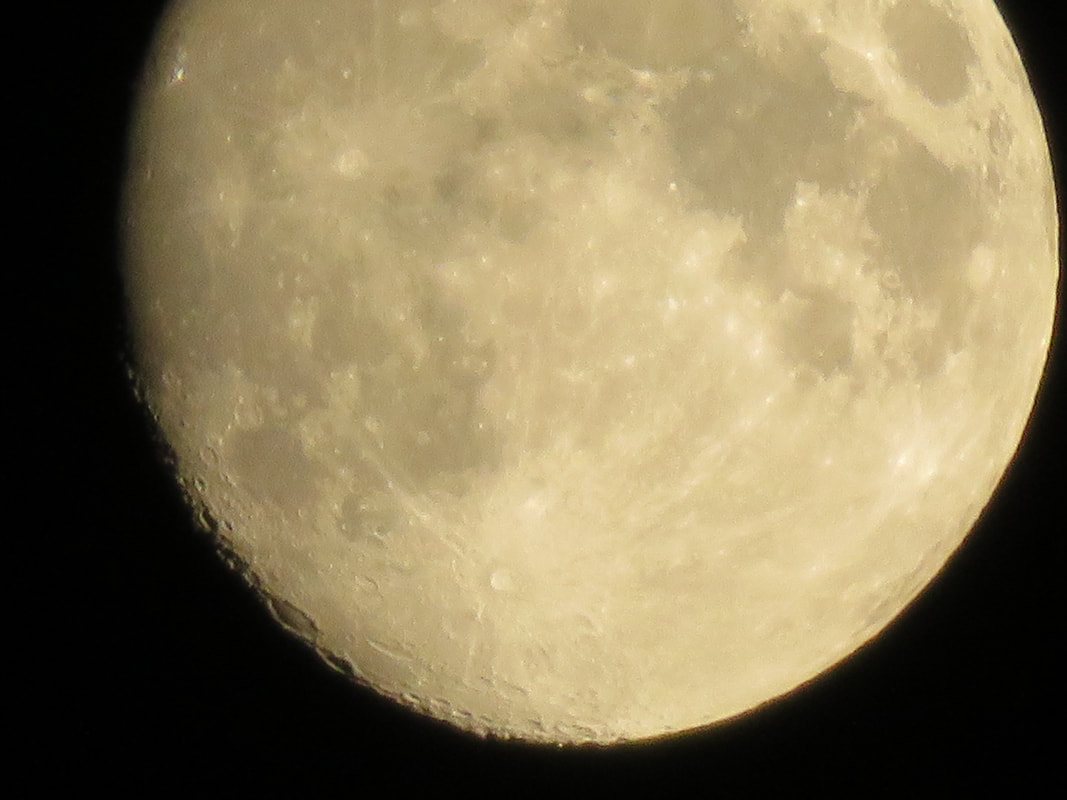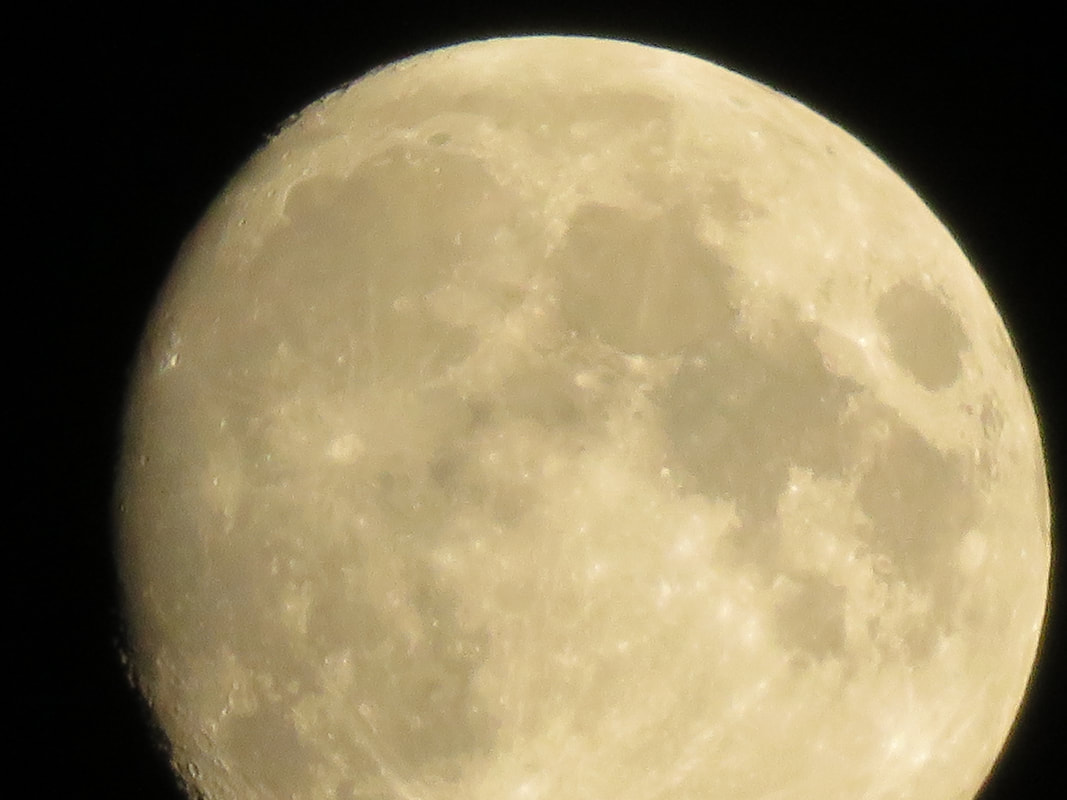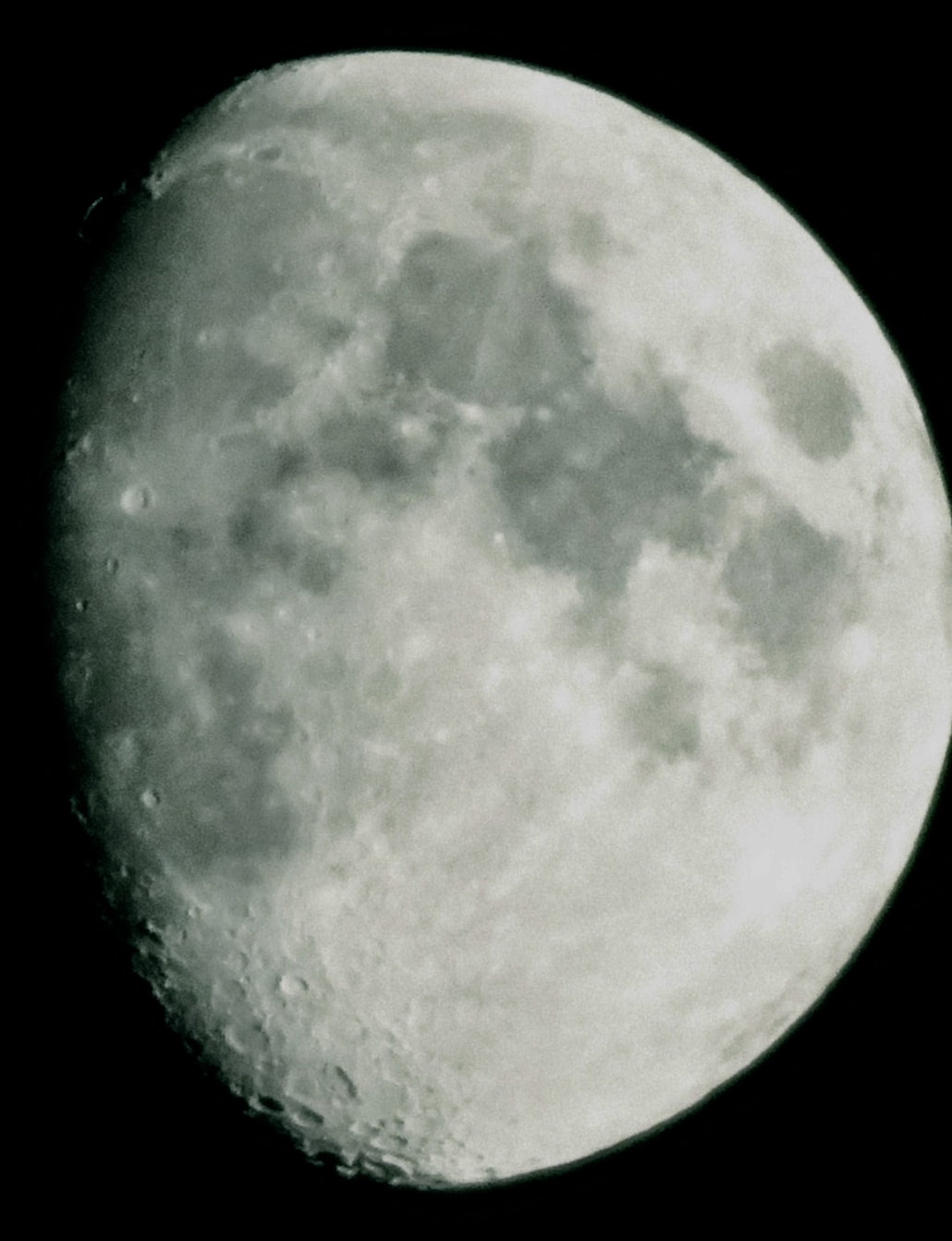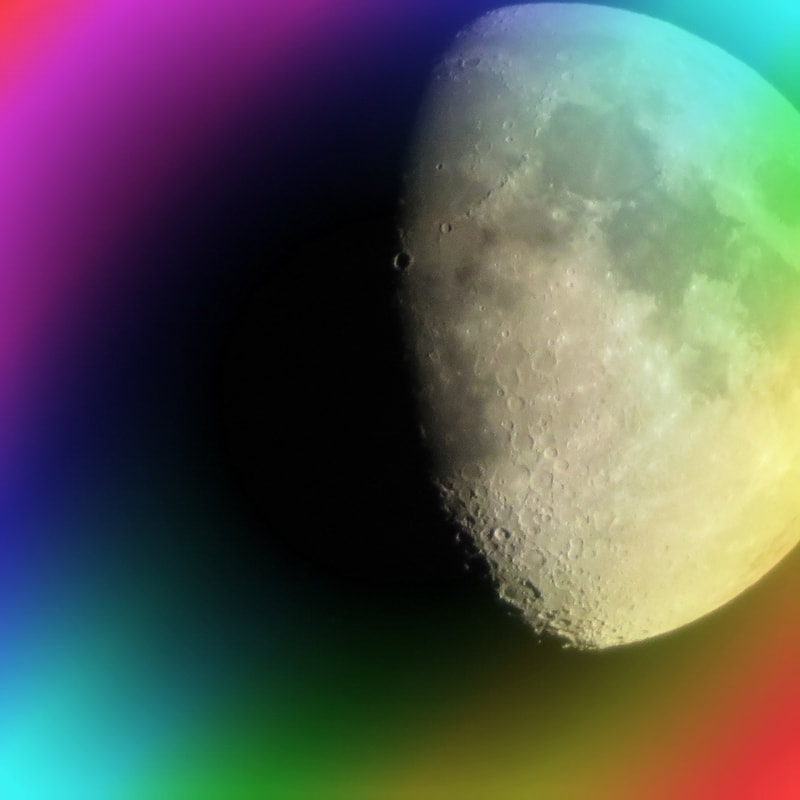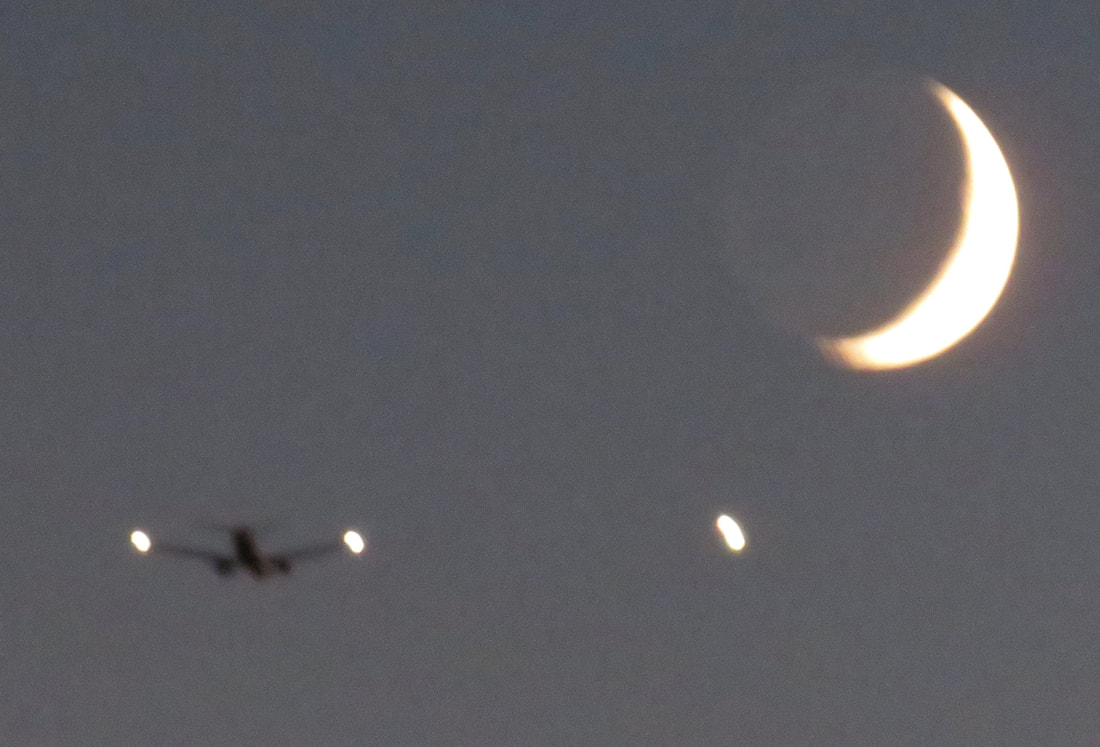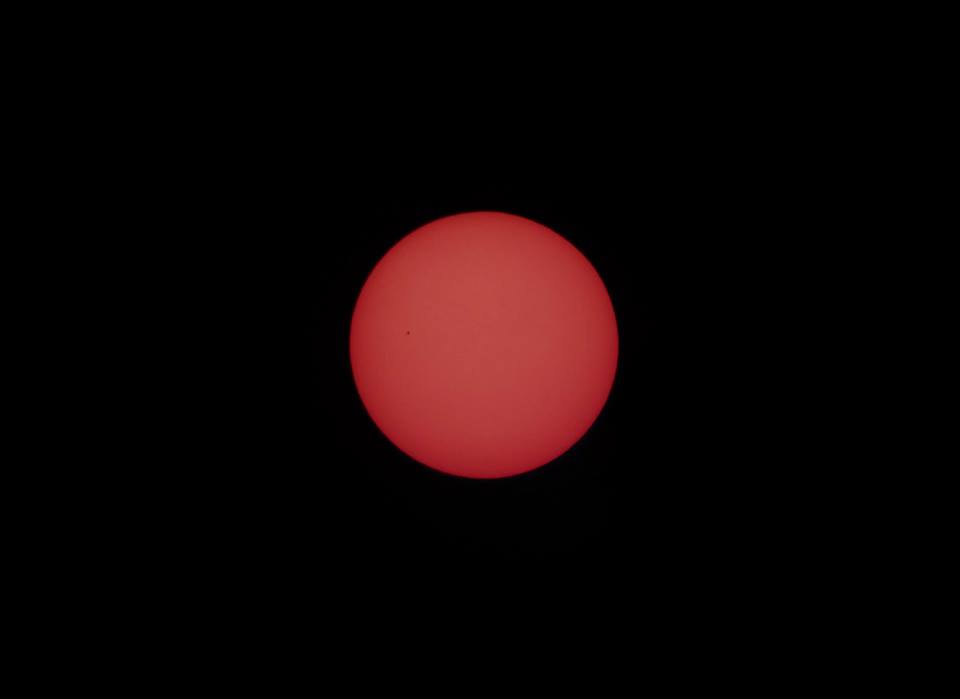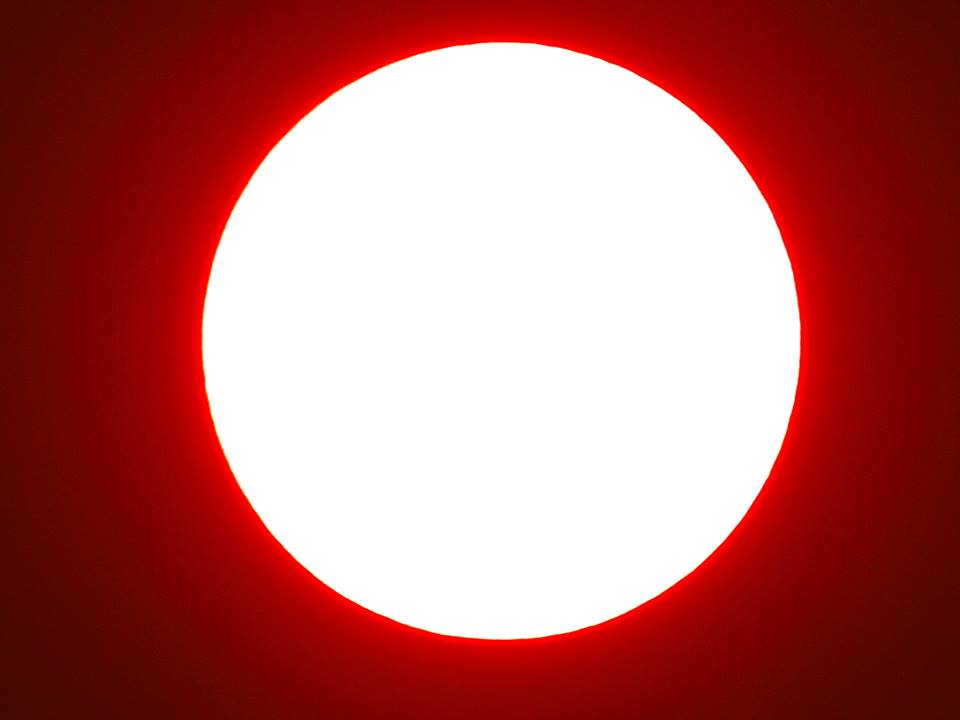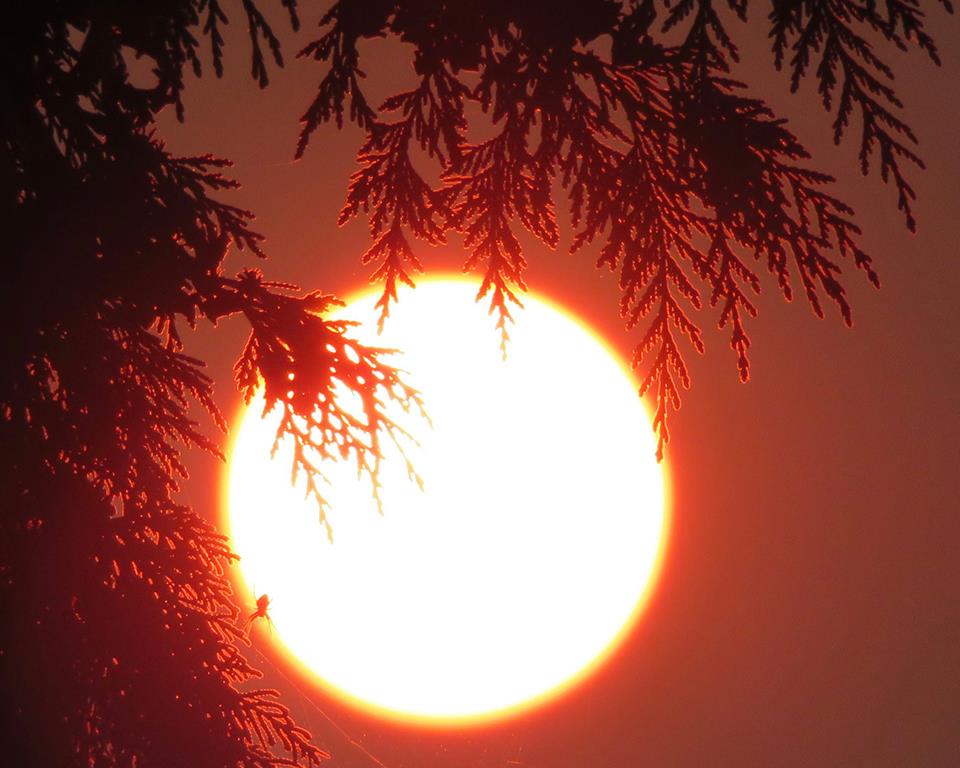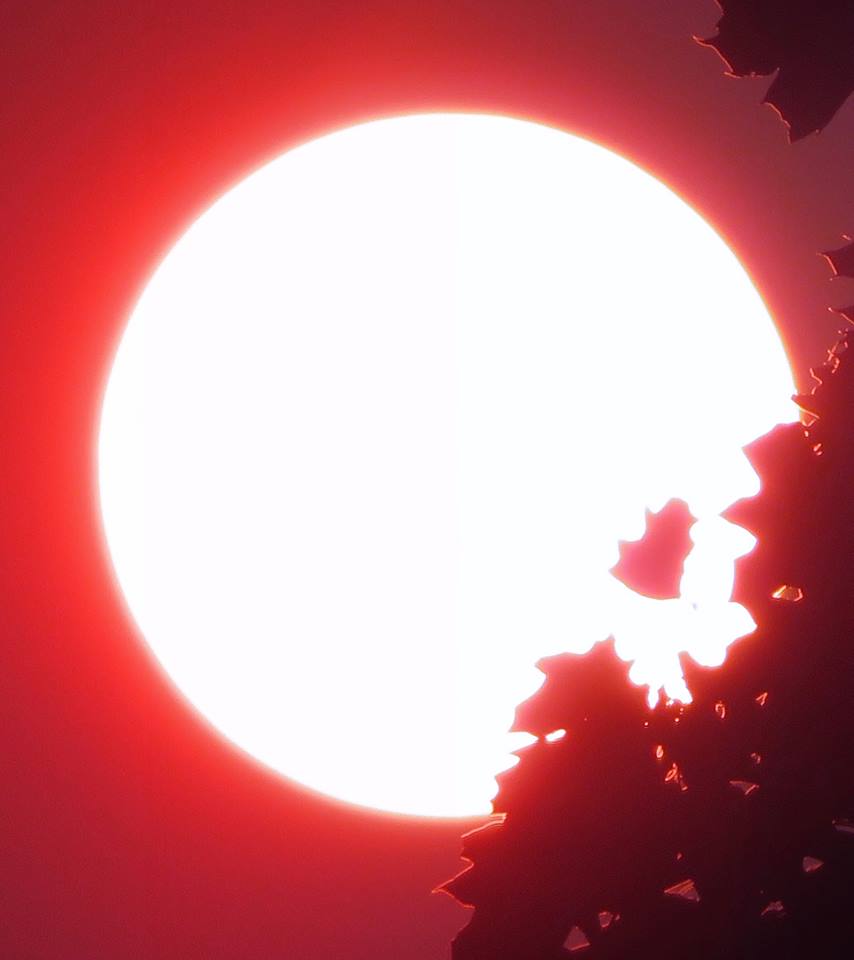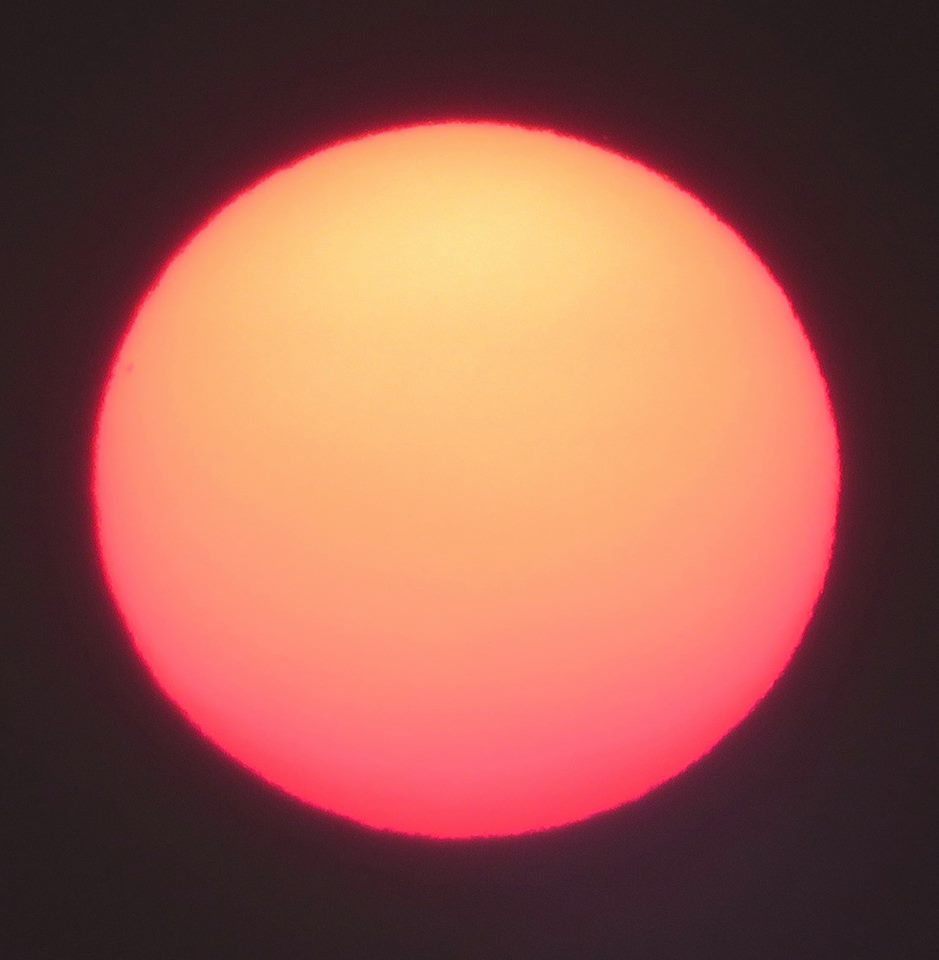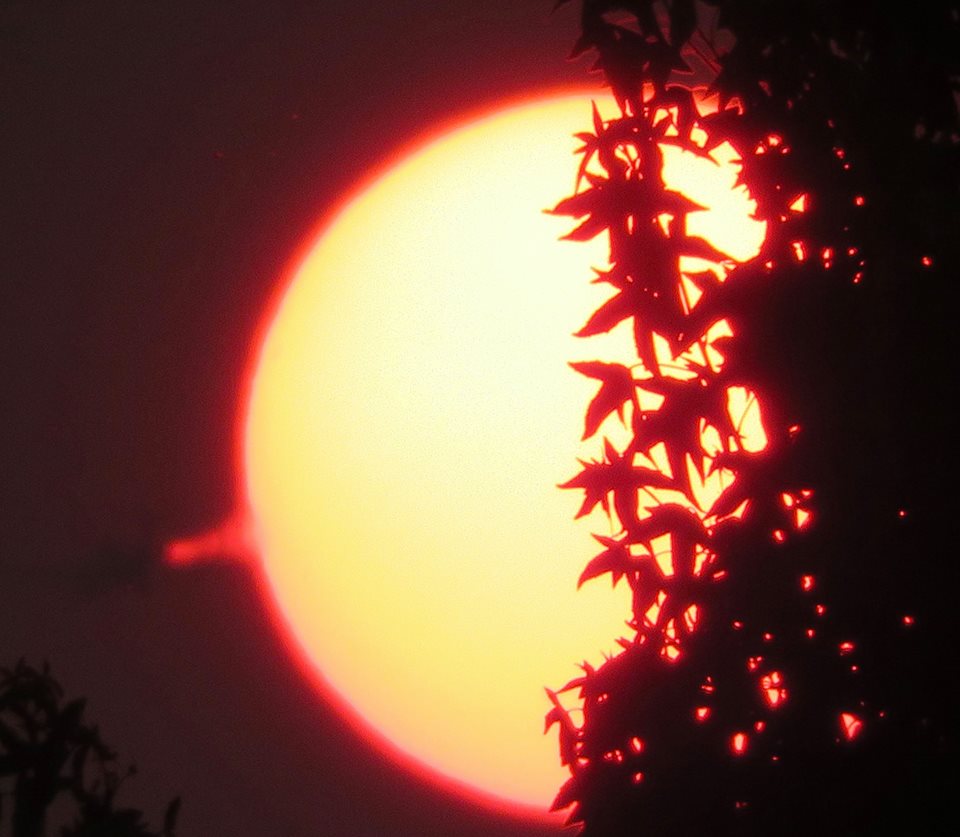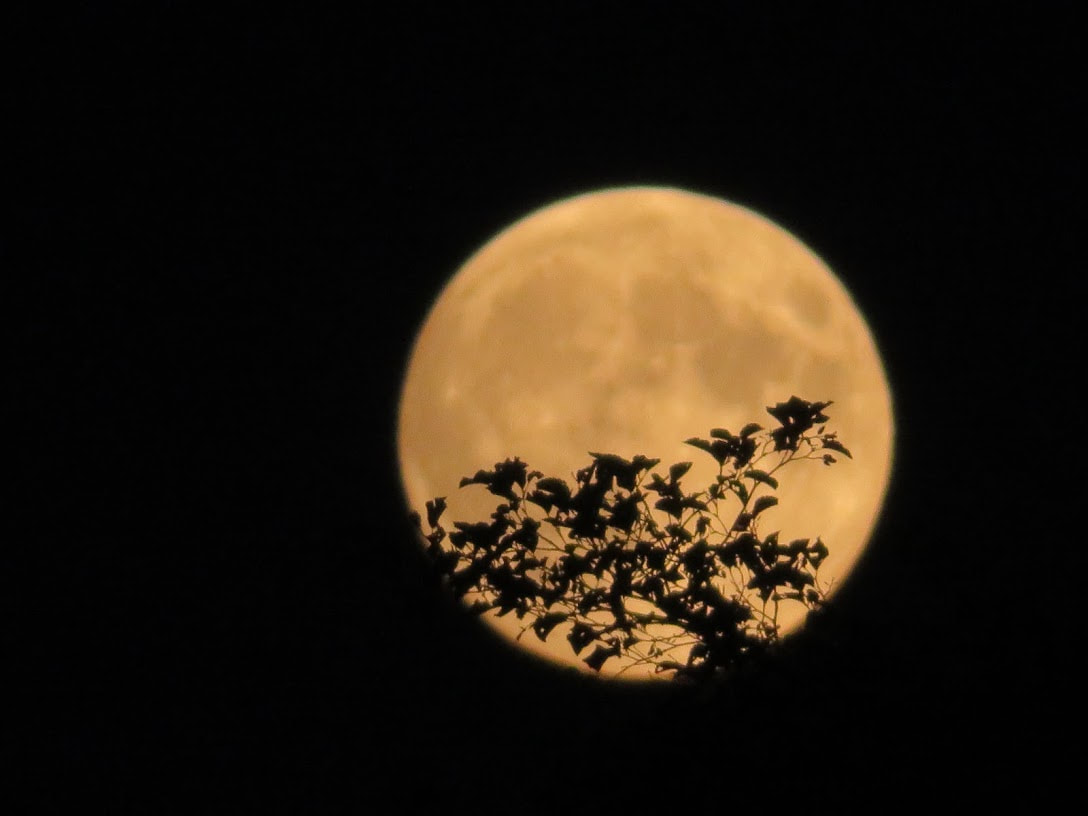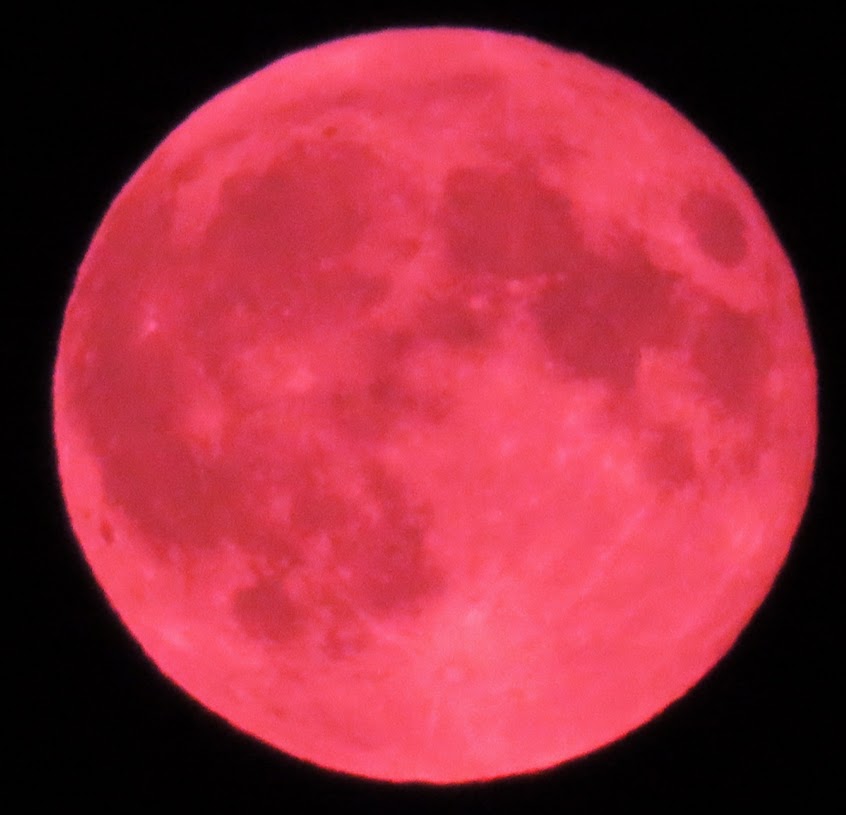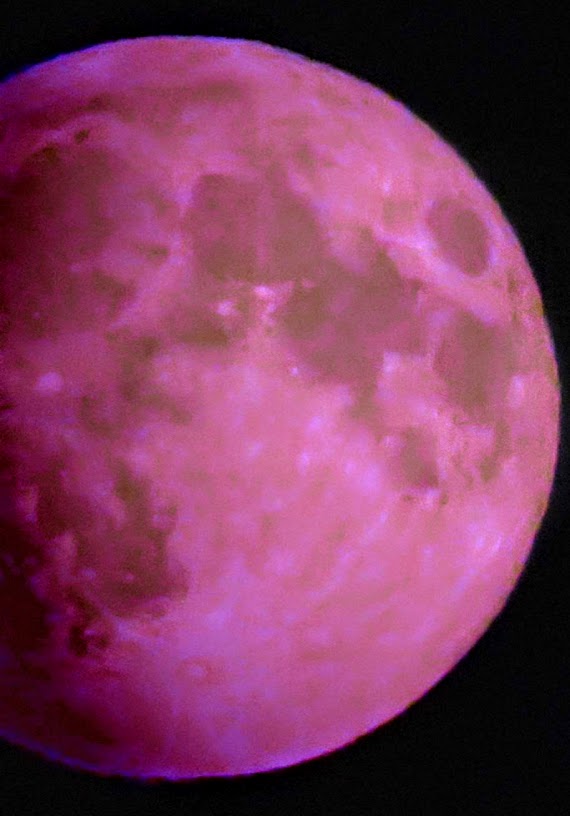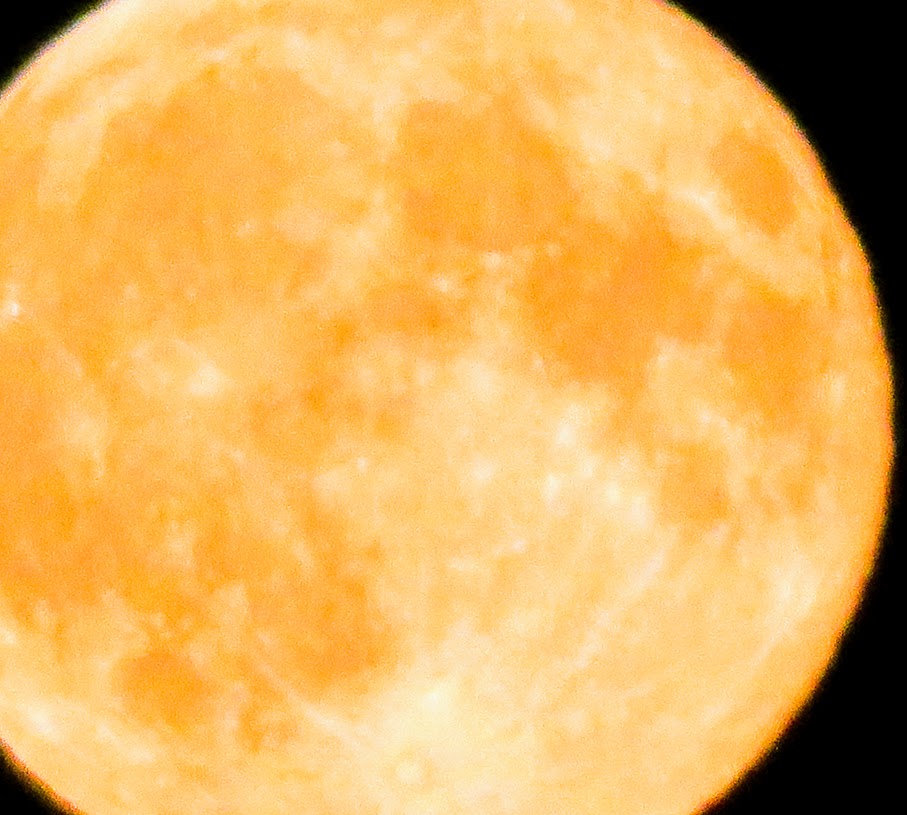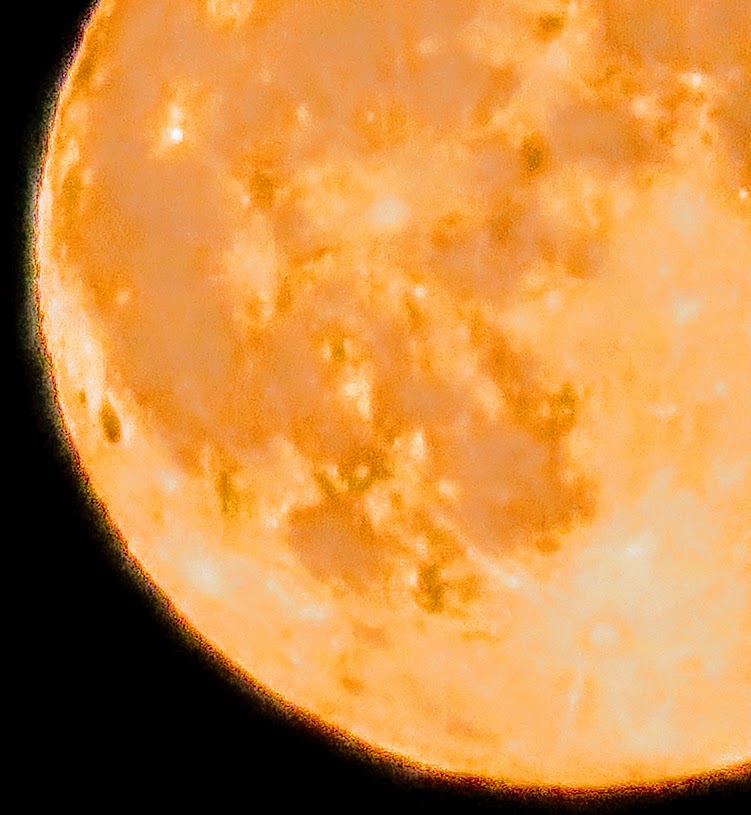
PANCHANGA –
THE HINDU ALMANAC
PANCHANGA:
Time is conceived as an unending flow that moves in great cycles. Atharva Veda 19.54 states: "Time creates the sky and the earth. Time creates that past and the future. By Time the sun burns, through Time all beings exist, in Time the eyes see. Time is the lord of all." This expresses the importance of time in Hindu culture.
In the Matsya Purana, time is referred to as ‘waters of time’. We know that waters move in a peaceful way, sometimes they move in great and chaotic way. Sometimes they are torrential. This movements are indicative of celestial time. The movements of the sun and the moon indicate time. Movement of other celestial bodies are also the indication of this flow of time. The passage of the sun across the atoms on this earth creates the reckoning of time: The Bhagavata Purana.
HINDU CALENDER:
The name for the Hindu calendar is a panchanga. It is the record of times. Along with other information, a panchanga especially records the movements of the sun and the moon. Traditionally no religious festival, family event, or even a civic affair is performed without first consulting a panchanga to know the favorable movements of these celestial bodies and flow of time.
In Sanskrit the word "panchanga" is made of two parts: pancha and anga. Pancha means five and anga means a part. Anga can also mean limb. The panchanga therefore constitutes five components: 1. Thithi – lunar day; 2. Vara – week; 3.Nakshatra – lunar mansion; 4. Yoga – luni-solar day and 5. Karana – half lunar day.
MEASURING THE SKY
‘A stone’s thrown away’ relates to distance and walking time. We calculate distance in miles or kilometers. Distance between two towns are marked in a road map by using km or miles. Astronomers measure the celestial sky by using degrees to show the distance between celestial objects. They do that by using the 360o of a circle. Ordinary people sometimes use the hand technique to approximately measure the sky. Ancient astronomers have also used this technique for thousands of years to make approximate measurements of the sky. This was how a common constellation was used to measure the separation between each star.
MOON:
As we begin to discuss the five elements of the Hindu almanac it is important to recognize the importance of the moon in Hindu culture. The basic calendar is primarily a lunar calendar. The lunar day, called a tithi, is all important in selecting a favorable time to begin a certain task. A person's name is often derived from the lunar position in the heavens called a naksatra. The reason for this is simple. In Hindu astrology the moon rules the mind.
TITHI - LUNAR DAY
Tithi or thithi is the lunar date. A lunar calendar is based on the moon’s rotation around the Earth. Just as the sun rises everyday in the east and sets in the west and we call the time between one sunrise and the next a "day," so the moon also rises in the east and sets everyday in the west and the time between one moonrise and the next is called a "lunar day." The Sanskrit word for this lunar day is tithi.
Thithi is a measurement of 120 of longitudinal separation between the sun and the moon. It is calculated by taking time as the longtitudinal 12o angle between the moon and the sun to increase by Each lunar month consists 30 thithi. Their starting of time and its duration vary.
SUKLA PAKSA:
There are 30 such lunar days in a lunar month and they are sequentially numbered starting from the new moon as well as the full moon. Thus, in the moon’s waxing phase, the first lunar day is called new moon or AMAVASYA.
Here the sun and moon are separated by zero degrees. As they begin to separate the first thithi begins when the sun and the moon are separated by 120. The next lunar day is called the second tithi when the sun and the moon have separated by 240 degrees. When they are separated by 36o, the third thithi begins. This continues to the 14th lunar day until the sun and the moon have separated 180o and the moon is fully and clearly visible.
The day after the 14th day is called the full moon day or PURNIMA.
It is also called POWRNAMI in Tamil. The first 15 thithis are waxing phases of the moon. In Sanskrit this is called the SUKLA PAKSA. In Tamil is is called VALAR PIRAI; ‘valar’ means ‘growing’ or developing and ‘pirai’ refers to partial moon or the bright side of the lunar month.
KRSNA PAKSA:
The numbering sequence starts all over again after Sukla paksa. These are the waning phases of the moon. Here the thithi begins again counting from one as the longitudinal separation between sun and the moon decreasing back to Oo. This is the dark side of the lunar month. Sometimes the sun and moon can both be seen at the same time. In the olden days people used the hand method to measure the longitudinal separation between the sun and the moon. In Tamil, this phase is called ‘THEI PIRAI’ where ‘thei’ indicates ‘decreasing’ or waning.
MASA:
Masa means lunar month. In Tamil it is ‘masam’ or maatham. The day after the full moon is the first tithi, the next day is the second tithi, and so on. The important difference being that the second set of tithis belong to the waning phase of the moon while the first set belongs to the waxing phase.
This cycle keeps repeating. The masa therefore is the cycle of thirty thithis making up a lunar month. In addition the five elements of the traditional Hindu almanac, the Masa is also taken into account in astrology. The Hindu year contains twelve lunar months named after the nakshatra in which the moon is full:
Chaitra (March - April)
Vaishakha (April - May)
Jyaishtha (May - June)
Ashadha (June - July)
Shravana (July - August)
Bhadrapada (August - September)
Asvina (September - October)
Karttika (October - November)
Margasirsha (November - December)
Pausha (December - January)
Magha (January - February)
Phalguna (February - March)
VARIATIONS:
In Hindu lunar calendar, there is geographical variation also. In some areas the lunar month begins from the full moon whereas other parts begin the month from the new moon. Notwithstanding for all instant and purposes of religious festivities, it is this lunar almanac that is relied upon. The difference between the modern solar calendar day and the Hindu lunar day causes confusion. In the solar calendar, the solar day begins at midnight. The lunar thithi, on the other hand begins at anytime of the solar day.
There seems to be a compromise here. For practical purposes, the thithi that is current at sunrise is taken to be the prevailing tithi for the day. This compromise purports that the thithi begins just after sunrise and end before the sunrise of the next day. This compromise is also possible because thithis can last between 19 to 26 hours due to the changing speed of the earth and moon in their orbits. However these factors also cause confusion between the Hindu lunar calendar and the modern solar calendar.
From the astrological perspective, auspiciousness of a particular day depends on the thithi. Generally sukla paksha thithis are considered positive days as they refer to the bright side or the ‘growing’ moon. That symbolically suggests increase. The beginning of any enterprise or business, bridal visits, marriages, house warming or conducting any religious ceremony is considered to be auspicious if done on these days. Even religious festivals are named after thithis. During the Hindu year, as in all religions, there are many religious days and nights that celebrate a particular Deity or religious event. These times are called festival days, utsavas.
Krishna paksha thithis are normally avoided for auspicious functions. Usually ancestor worship or ‘sriatha’ are held during this paksha. However there are exceptions to this general rule as the astrological charts of the candidates involved may favour a particular event. There are also religious days that fall during this paksha.
AMAVASYA:
The 8th and 14th thithis, amavasya are also considered inauspicious. This is the same with the 1st thithi of the sukla paksa. Here again there are exceptions to the general rule. Those doing sraddha functions or post funeral rites prefer the lunar dark phase.
BARHMA MUHURTA:
There is a general practice nowadays to conduct weddings during BRAHMA-MUHURTA as it is considered to be auspicious part of the day. This is the time early in the morning, one and a half hours before sunrise. During this brahma-muhurta, spiritual activities are also recommended. It is during these hours that spiritual activities performed early in the morning have a greater effect than in any other part of the day: Bhagavata Purana 3.20.46. Brahma muhurta goes hand in hand with surya namashkar.
VARA:
Vara means week. In Tamil it is ‘varam’. It is the second element of the Hindu almanac,the panchanga. vara. In Sanskrit the days of the week are clearly named after seven of the nine major astrological influences used in Hindu astrology. This is connected the Nava Grahas. (posted earlier). The days in a week have astrological connotations. They are named after these celestial bodies because the influence of that celestial body is said to be prominent on that day.
RAVI VARA - Sunday, relating to the sun
SOMA VARA - Monday, relating to the moon
MANGALA VARA - Tuesday, relating to Mars
BUDHA VARA - Wednesday, relating to Mercury
GURU VARA - Thursday, relating to Jupiter
SHUKRA VARA - Friday, relating to Venus
SHANI VARA - Saturday, relating to Saturn
NAKSHATRA - LUNAR MANSION
Nakshatra is the third element. It refers to the lunar mansion. In vedic language, naksatra refers to any heavenly body or to the stars collectively is first mentioned in the Atharvaveda. The nakshatras of traditional Hindu astronomy are based on a list of 28 asterisms found in the Atharvaveda 19.7. This is also mentioned in the Shatapatha Brahmana. The first astronomical text listing out the nakshatras is the Vedanga Jyotisha. Nakshatra refers to lunar mansion in Hindu astrology. Each nakshatra is one of the twenty seven (sometimes taken as 28) sectors along the ecliptic. Each of their names relate to the most prominent asterisms in the respective sectors. The ecliptic is divided into each of the nakshatras eastwards starting from a point called Meshadi.
The number of nakshatras reflects the number of days in a sidereal month. The modern value of this is 27.32 days. Each nakshatra is governed as ‘lord’ by one of the nine grahas. The lord of each nakshatra determines the planetary period known as the ‘dasha’, which is considered of major importance in forecasting the life path of the individual in Hindu astrology.
Their sequence is as follows: Ketu - South Lunar Node, Shukra –Venus, Ravi or Surya -Sun, Chandra - Moon, Mangala - Mars, Rahu - North Lunar Node, Guru or Brihaspati -Jupiter, Shani - Saturn and Budha -Mercury. This cycle repeats itself three times to cover all 27 nakshatras.
Like thithi, nakshatra is also important in Hindu culture. Traditionally, one traces the nakshtra of a new born baby. His character and future is predicted by astrologers based on the nakshatra. In fact many babies names are based on the nakshatra. This is based on the belief that a person’s existence is tied by the movements of the planets. A person’s nakshtra is normally mentioned during sankalpa, meaning the opening statement during puja. Nakshtra also determines the compatibility of prospective marriage couple.
RASI:
This system of 27 naksatra was the original Hindu way of dividing the 360 degrees of the solar ecliptic. The system of the twelve signs of the zodiac, in Sanskrit called ‘RASI’, was a later addition to Hindu astronomy.
The list of the 27 nakshatras are:
1. Asvini
2. Bharani
3. Krttika
4. Rohini
5. Mrgasirsa
6. Ardra
7. Punarvasu
8. Pusya
9. Aslesa
10. Magha
11. Purvaphalguni
12. Uttara-phalguni
13. Hasta
14. Citra
15. Svati
16. Visakh
17. Anuradha
18. Jyestha
19. Mula
20. Purvasadha
21. Uttarasadha
22. Sravana
23. Dhanistha
24. Satabhisa
25. Purva-bhadrapad
26. Uttara-bhadrapad
27. Revat
CONSTELLATIONS:
The 27 nakshatras constitute group "types." Some are ‘fixed’ and some are ‘movable’. The fixed constellations are: Rohini, Uttara Bhadrapada, Uttra Phaluni and Uttara Ashada. The movable constellations are: Punarvasu, Swaati, Sharavana, Shatabhisha and Shravishtha. The ‘cruel’ constellations are Magha, Bharani, Purva Phalguni, Purva Shadha and Purva Bhadra. The mixed constellations are Vishakha and Krittika. These groupings too determine the auspiciousness of beginning a certain activity of event.
YOGA AND KARANA
These are important to astrologers. They refer to Yoga -Luni-solar year and Karana - half lunar year. Having to do with the relationship between the sun and moon, this aspect of the Hindu almanac is technical in nature. The Yoga is the period during which the combined longitudinal motion of the sun and moon amounts to 13 degrees and 20 minutes. There are 27 yogas.
Karana can be considered to be the final aspect of the Hindu almanac. Karana is calculated to be 6o of longitudinal separation between the sun and moon. Karana is half a thithi, so one thithi makes up of two Karanas. Eleven karanas rotate through the 30 thithis that make up the lunar month.
The Panchanga is a technical subject. Indeed it is a science that calls for specific knowledge. These notes are put together to formulate some basic information on the subject. Om
Yogi Ananda Saraswati





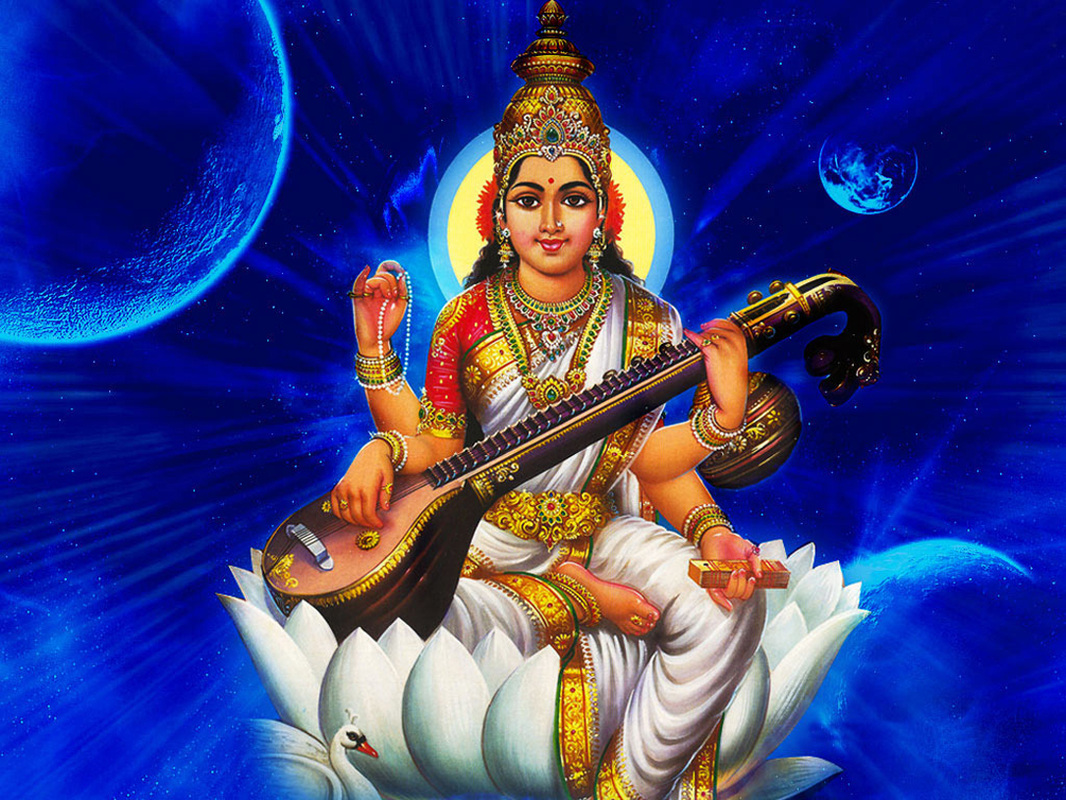
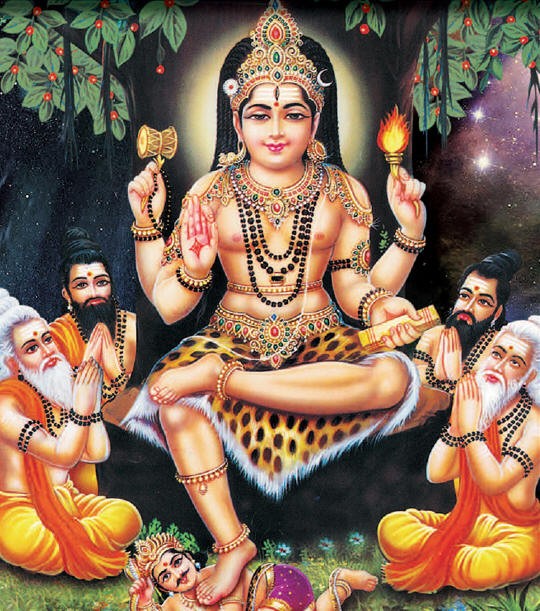
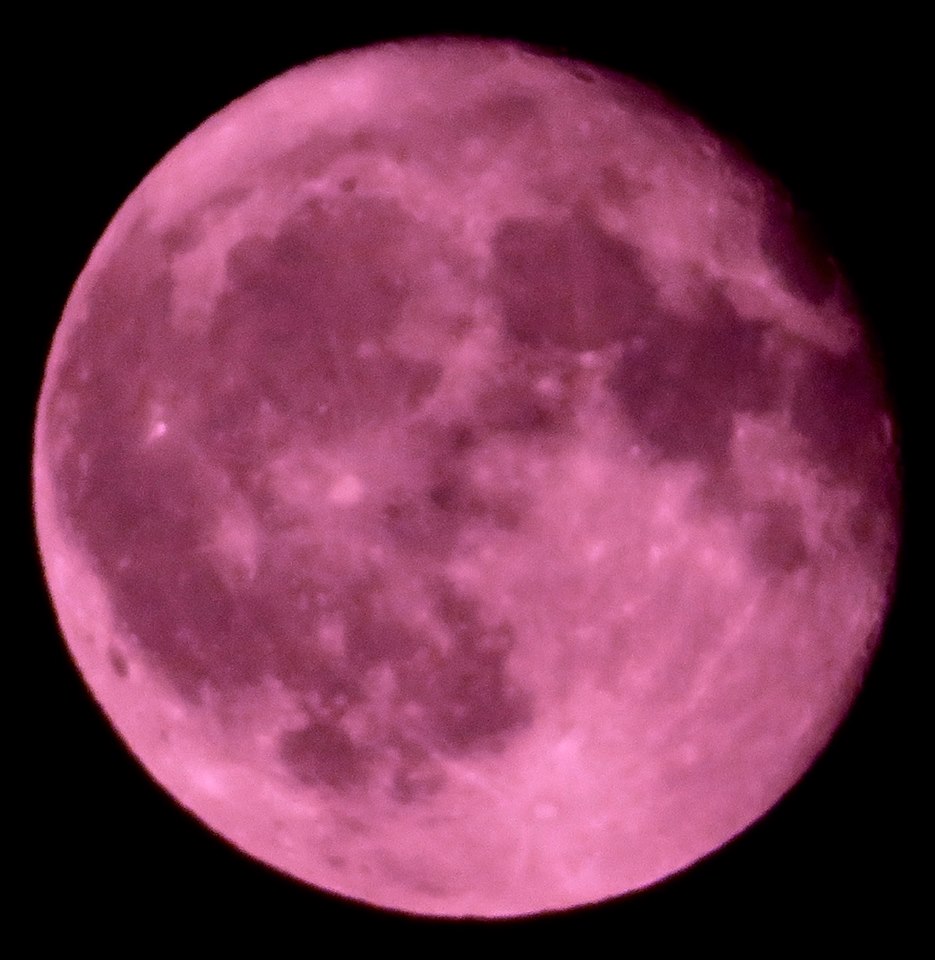

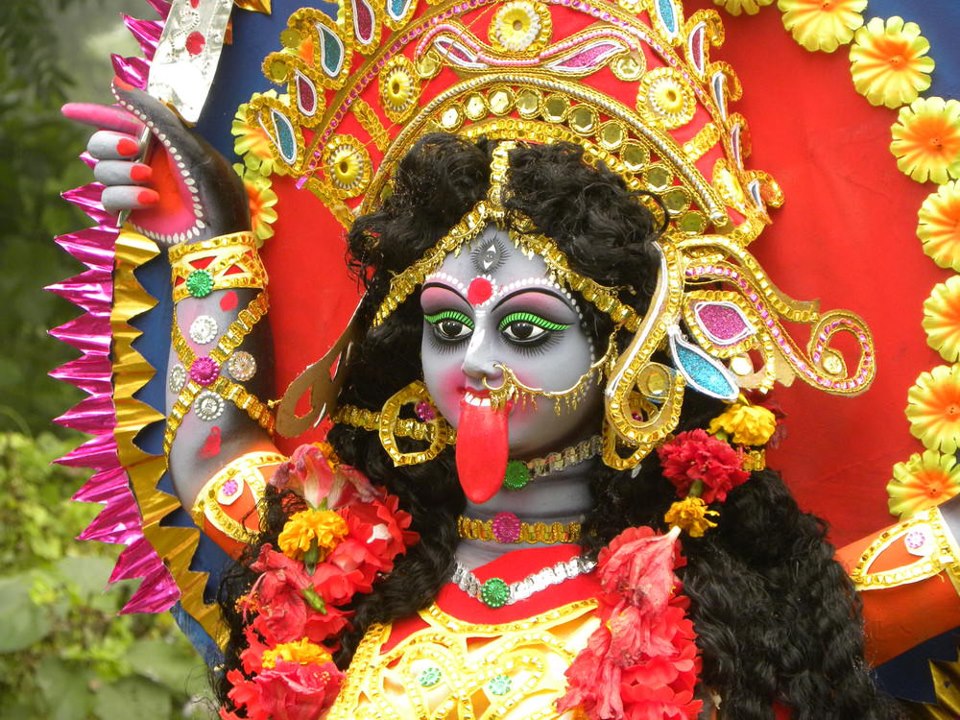
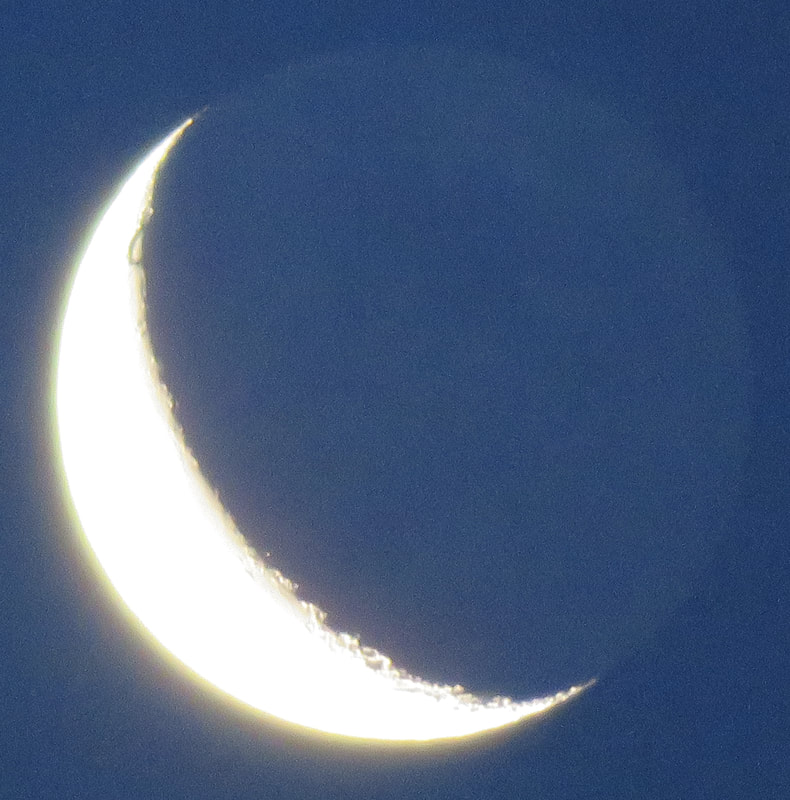
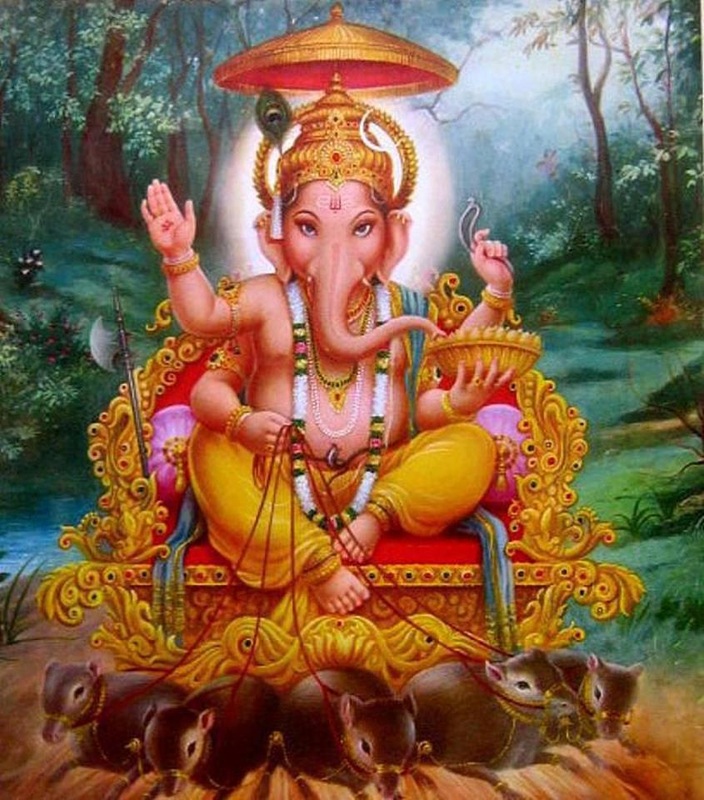
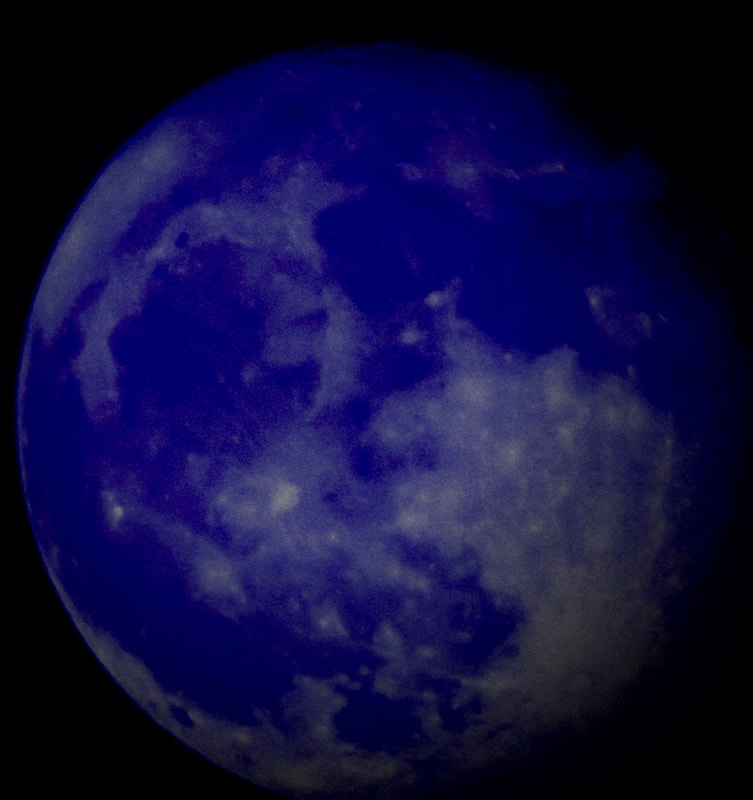
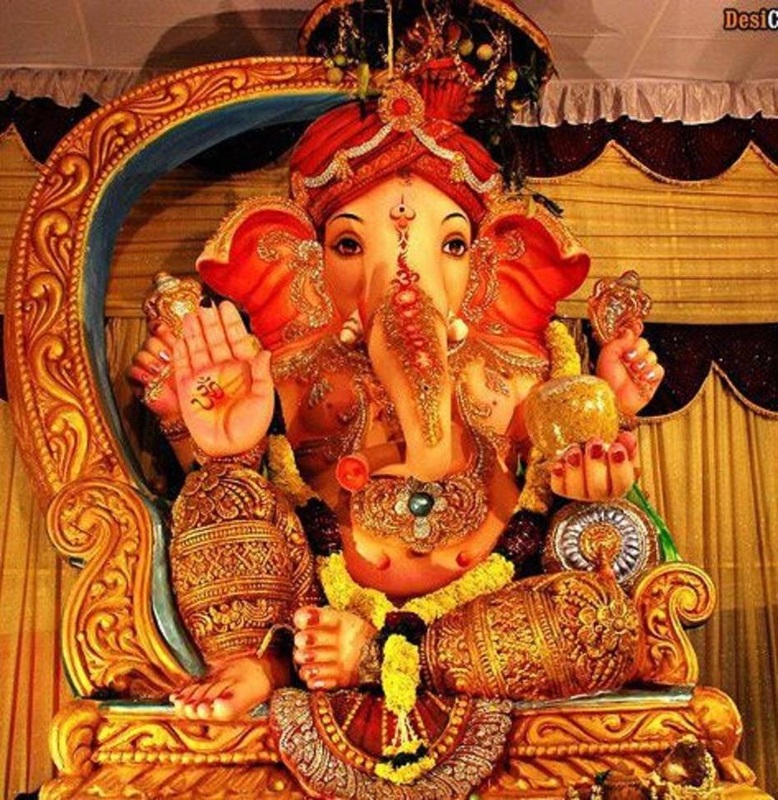

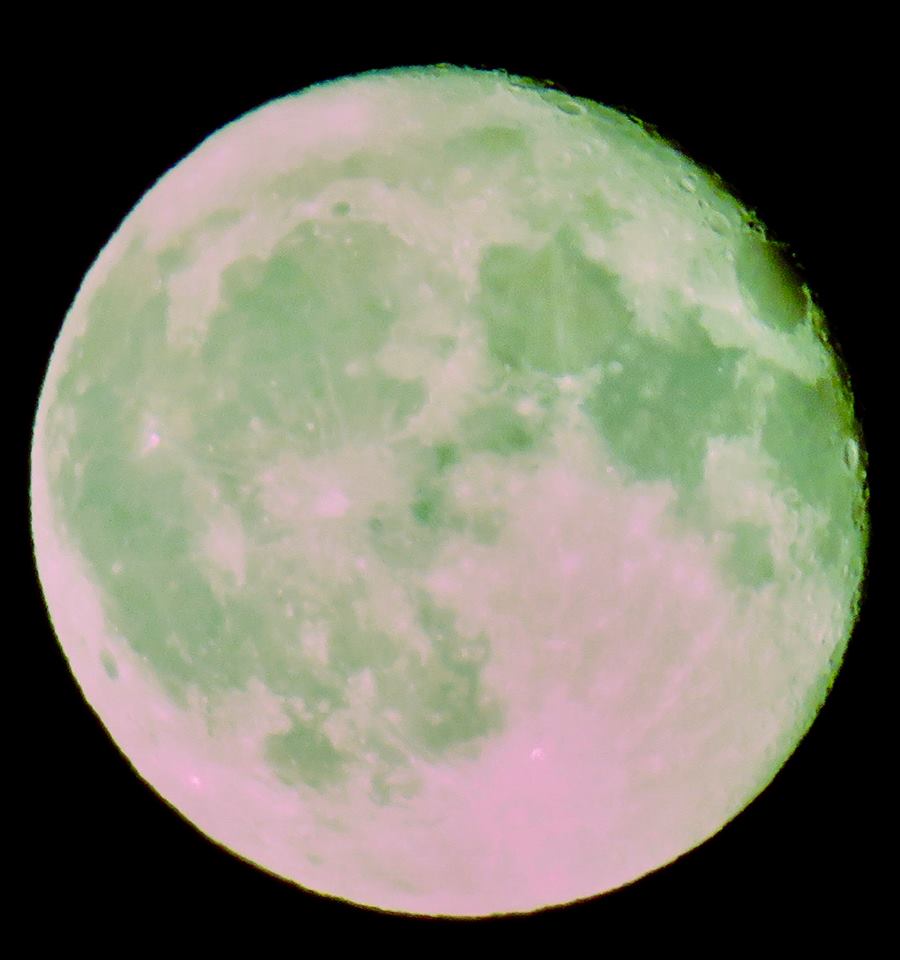

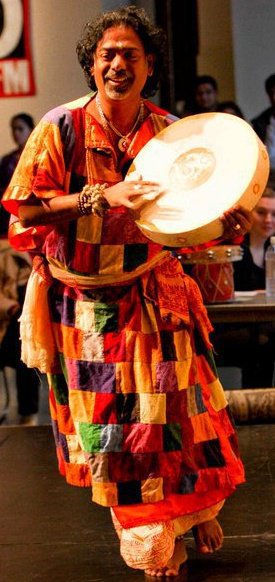
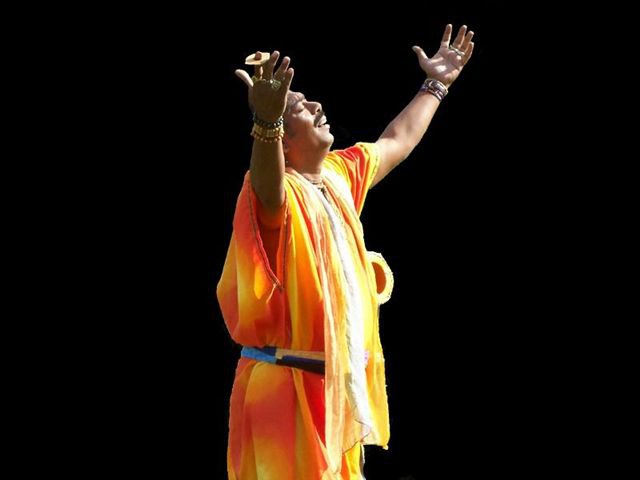

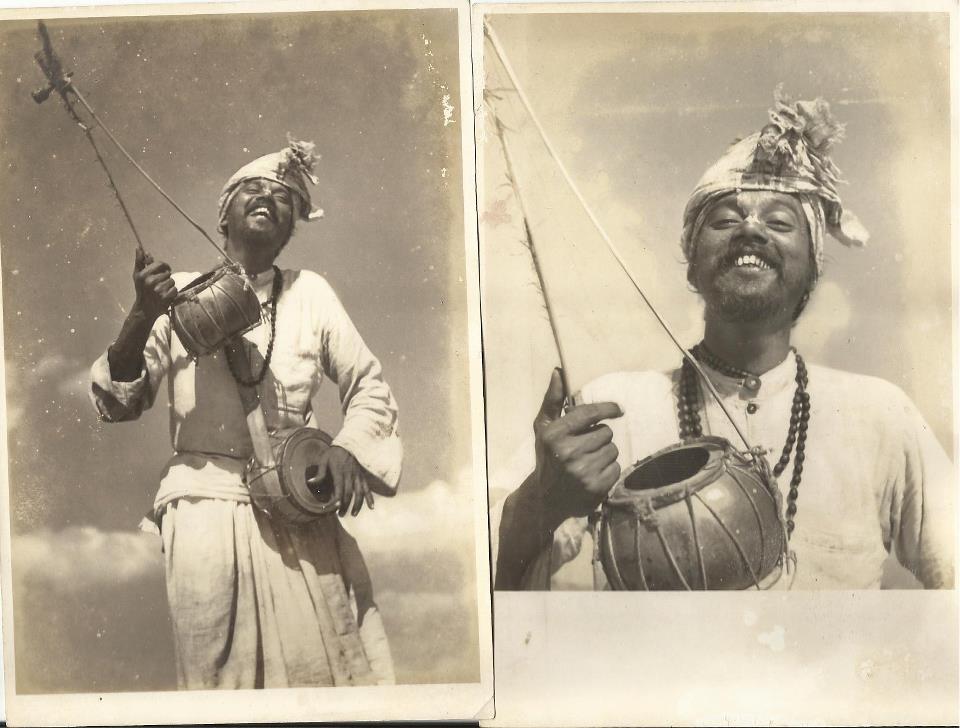
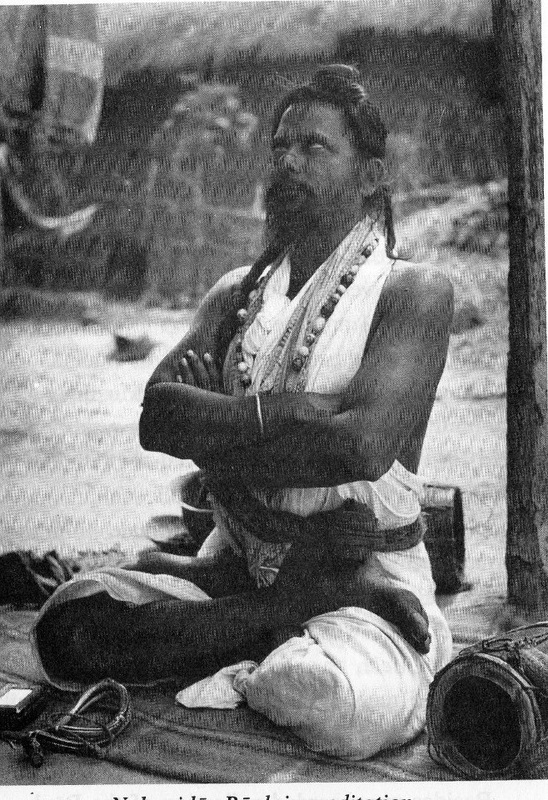
 RSS Feed
RSS Feed
